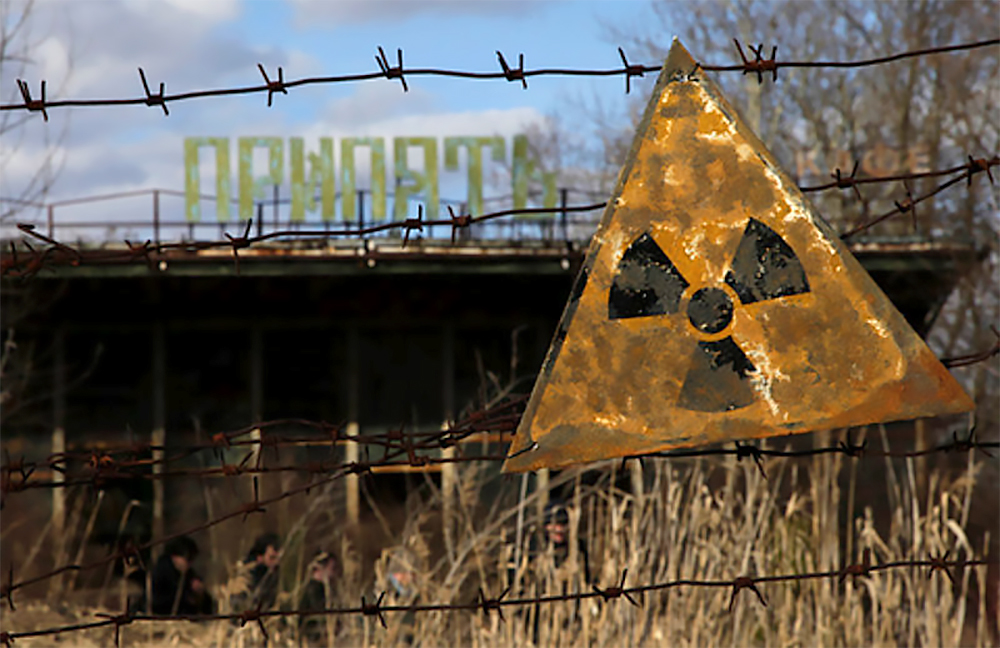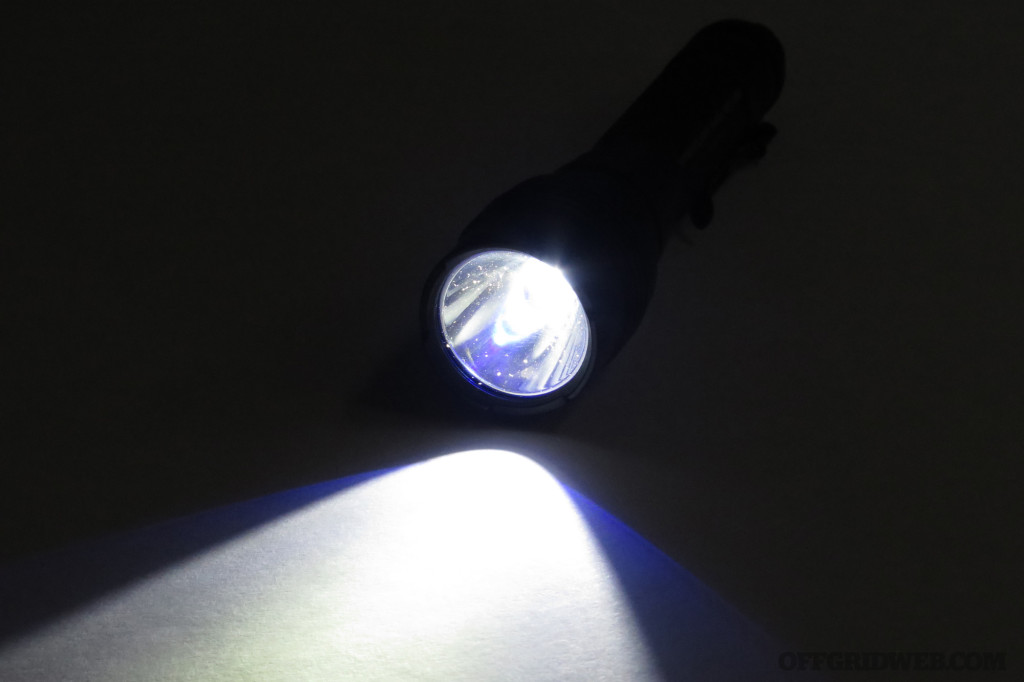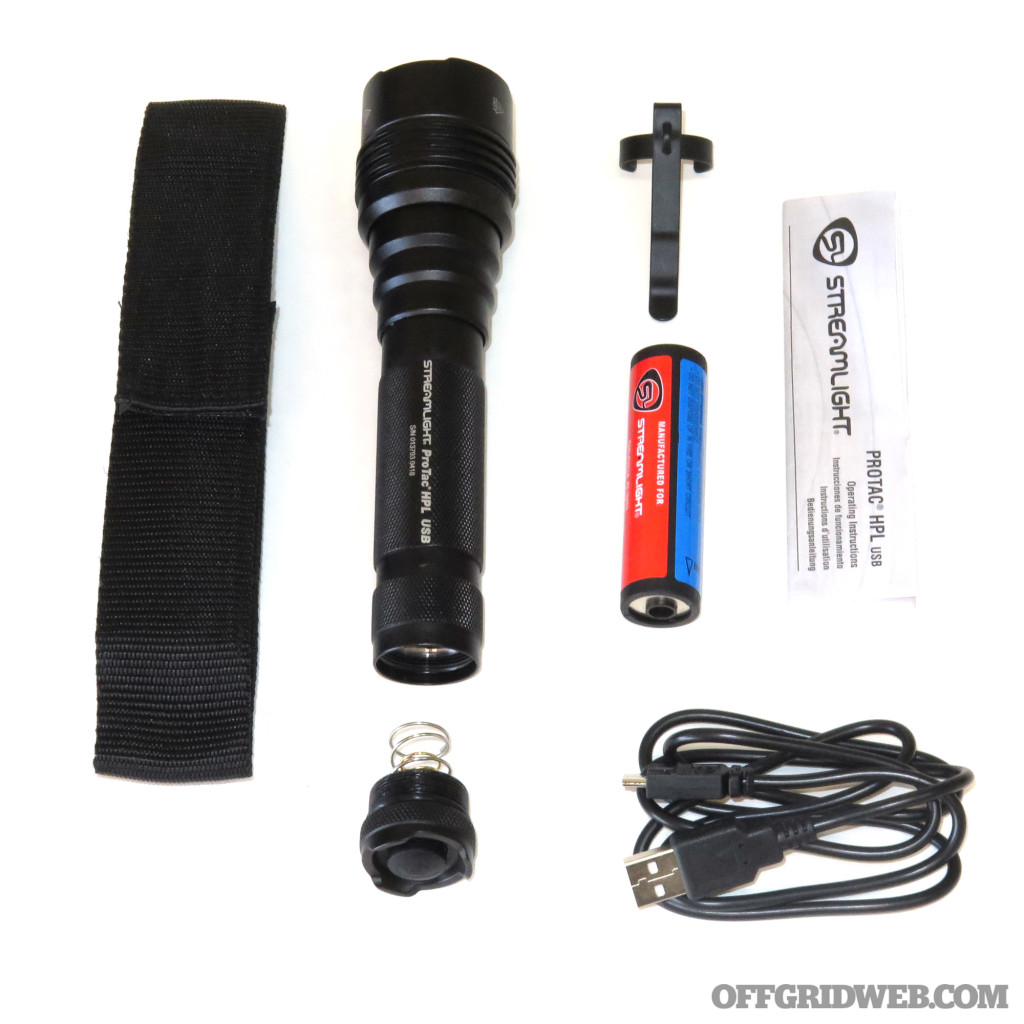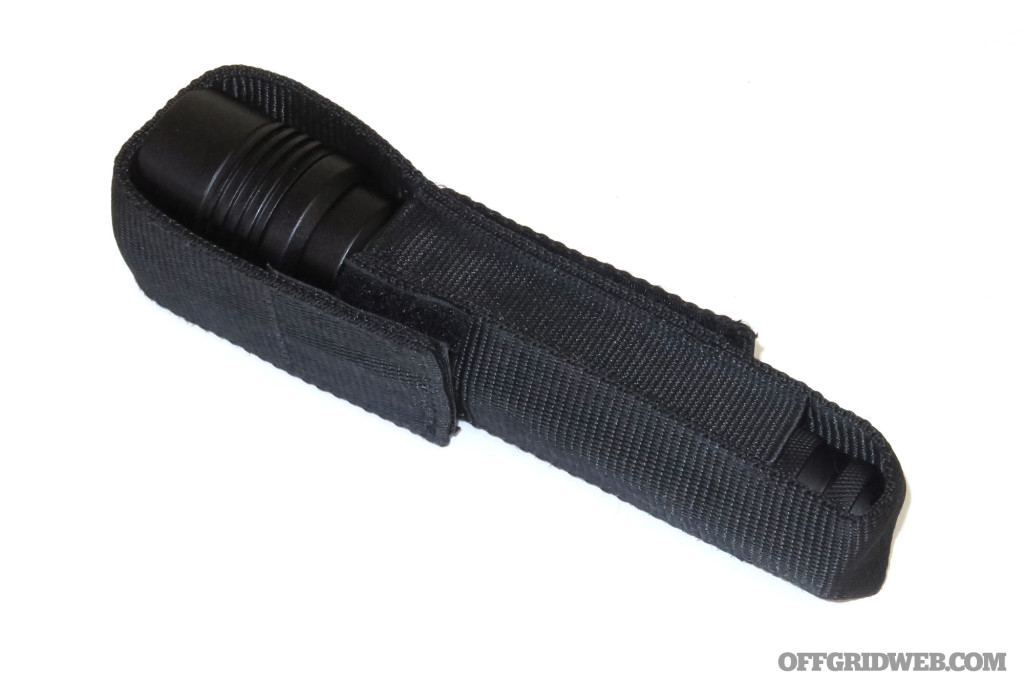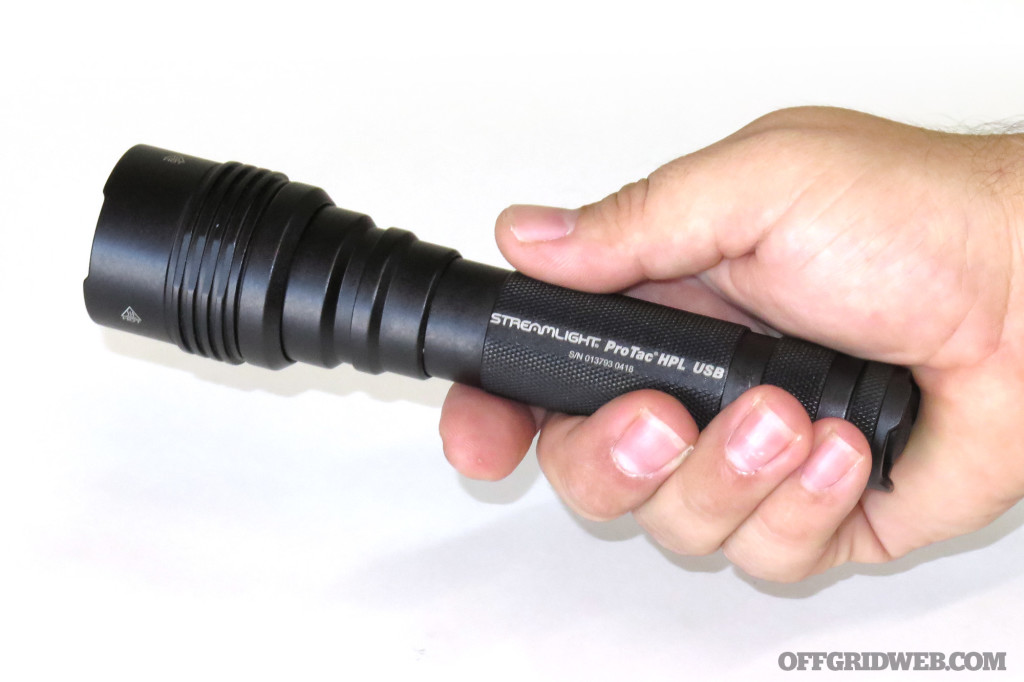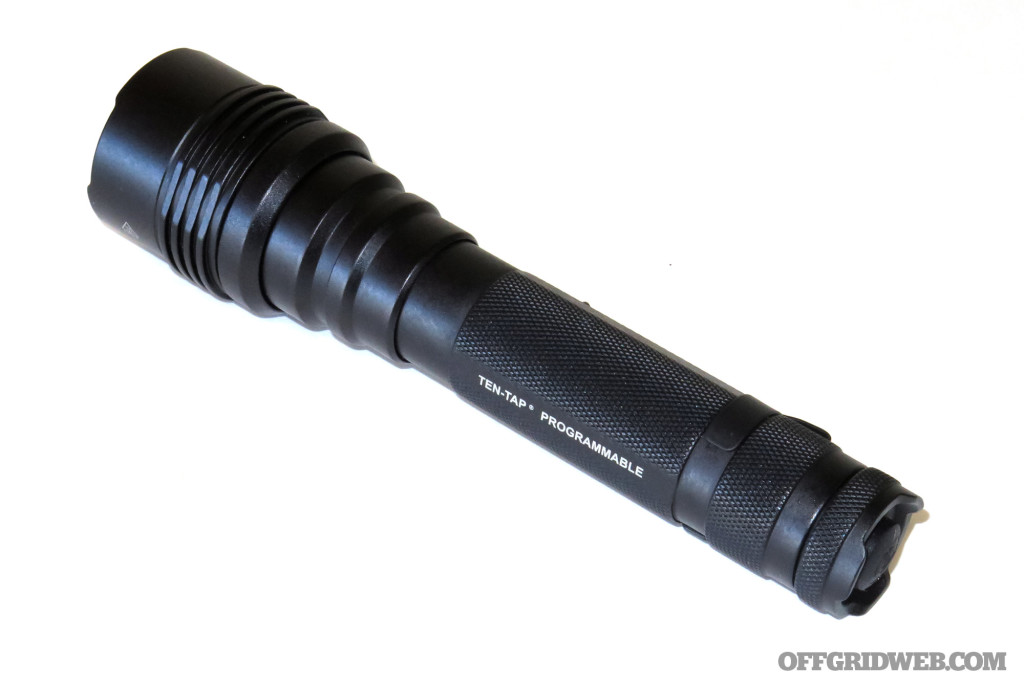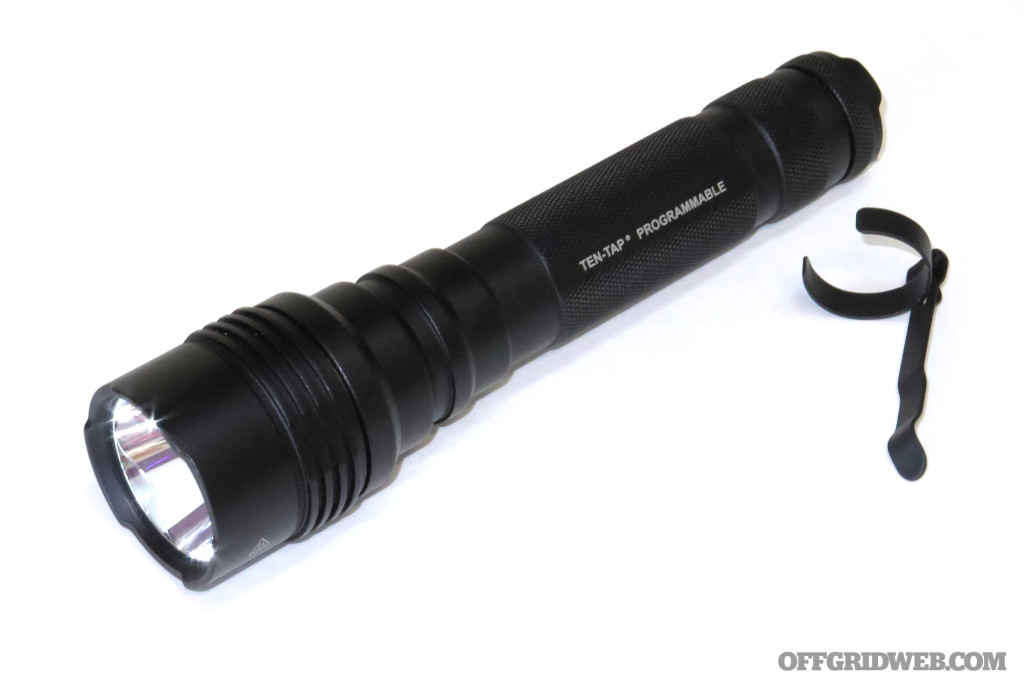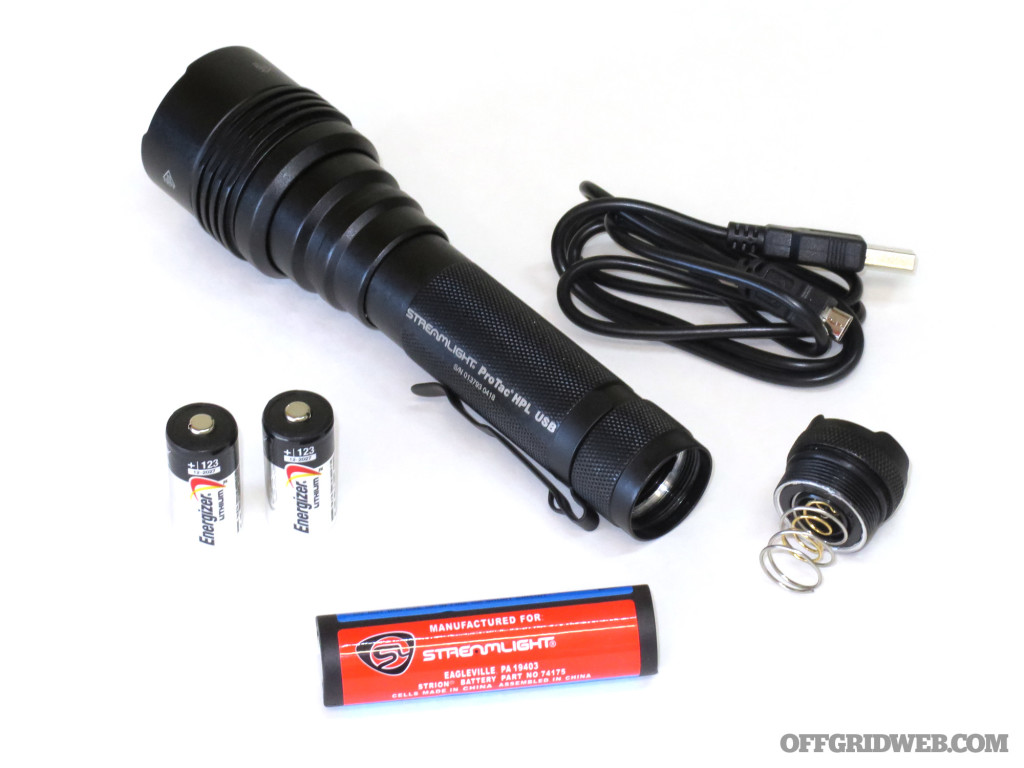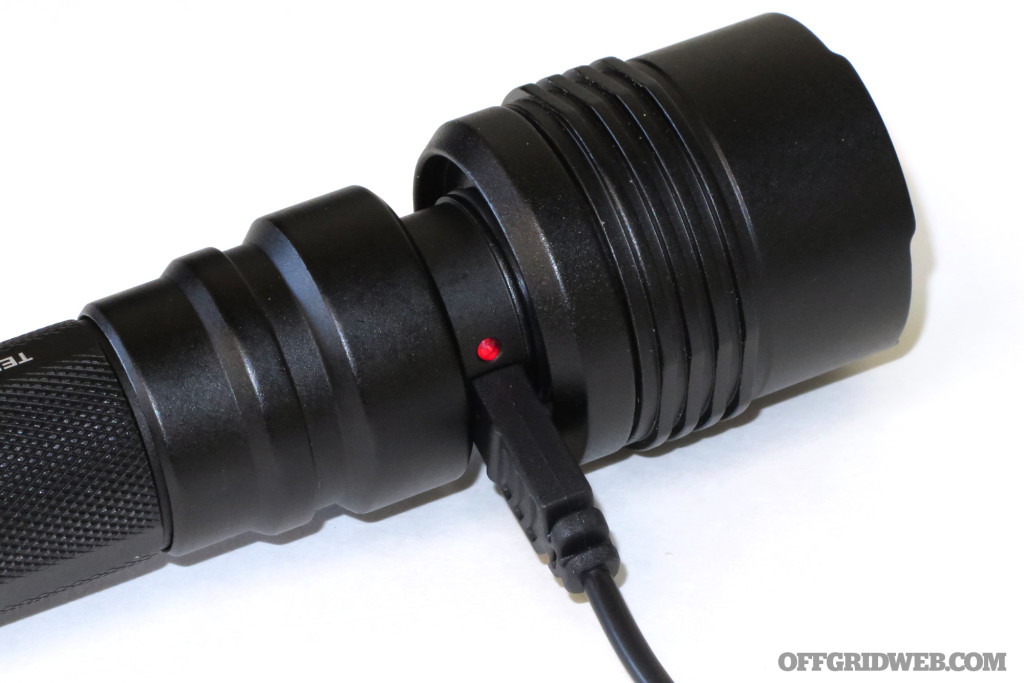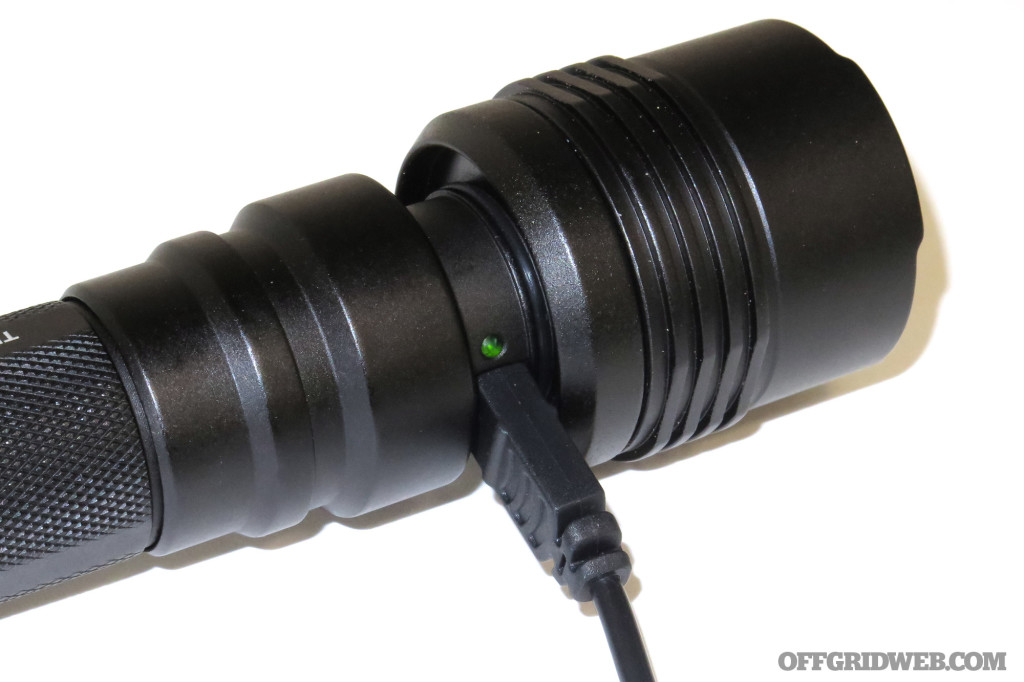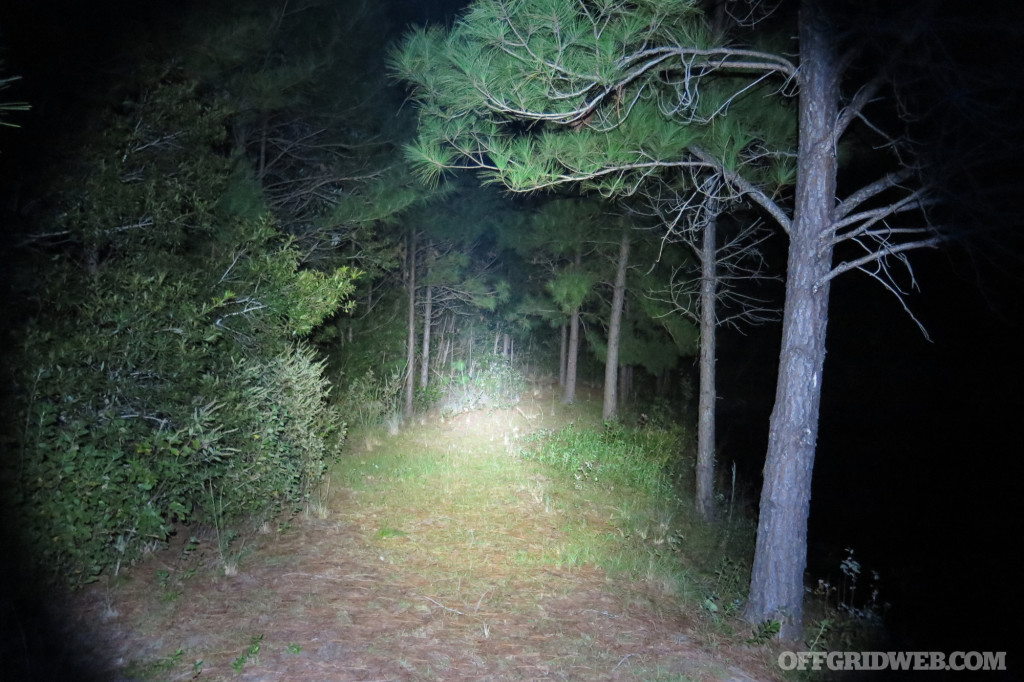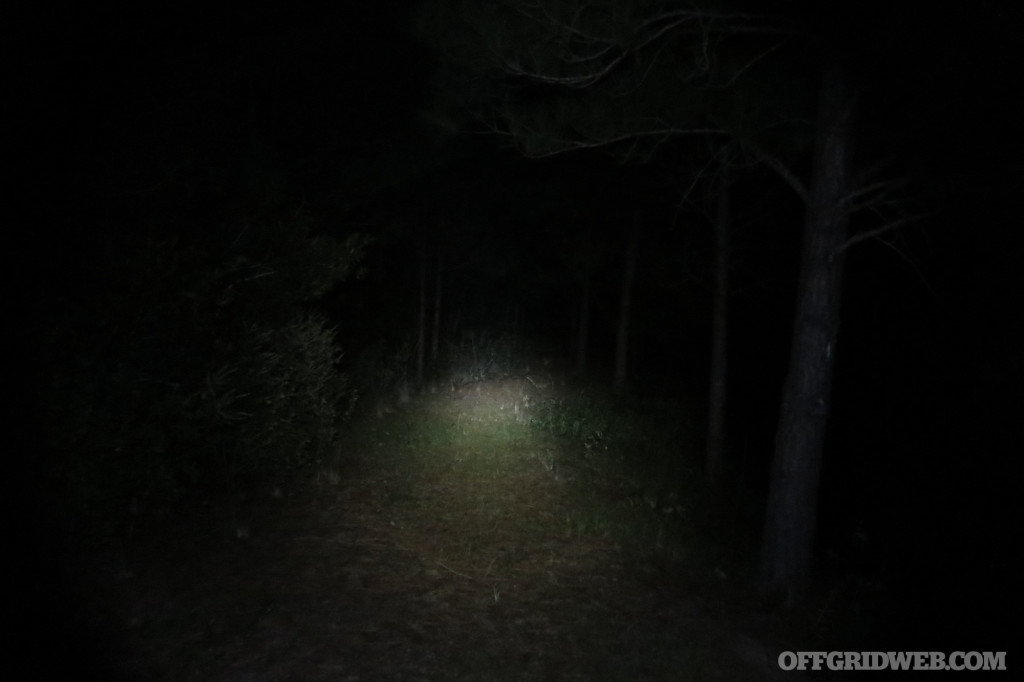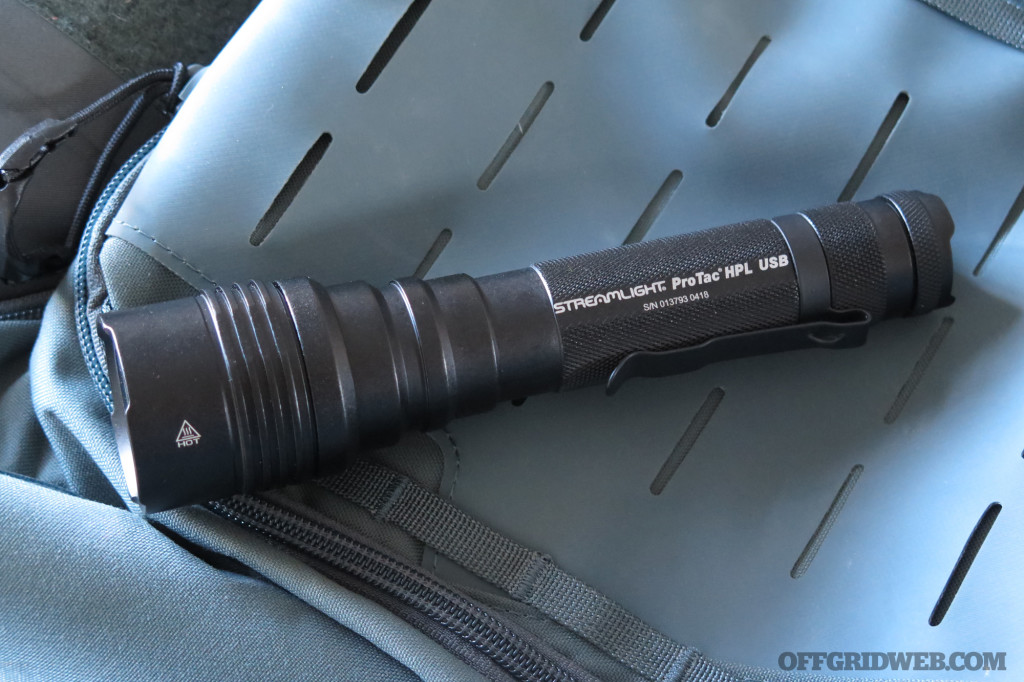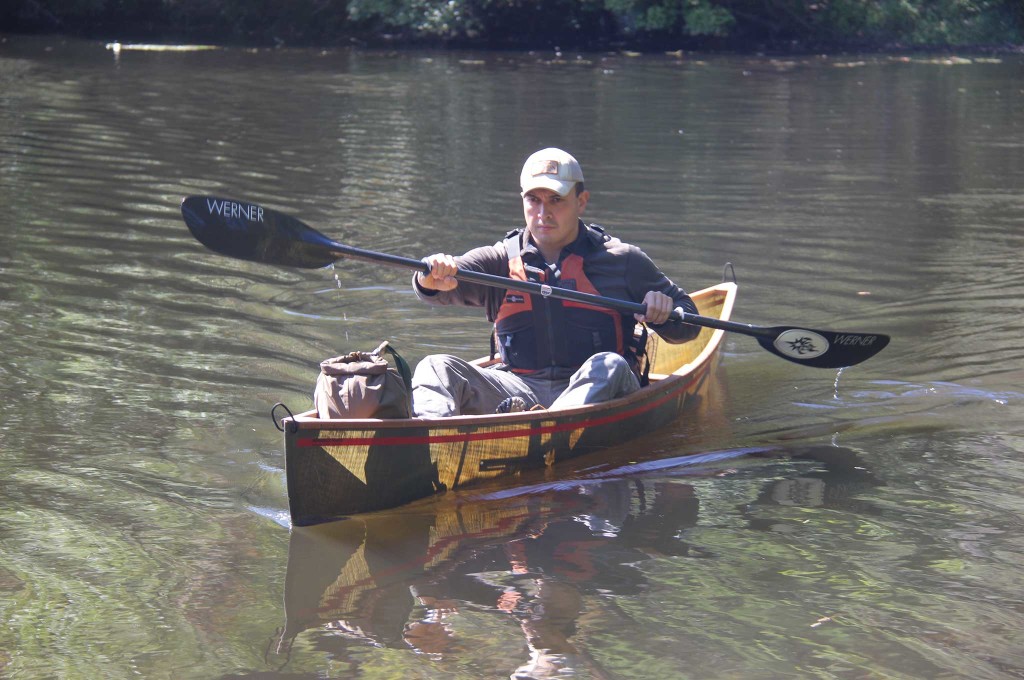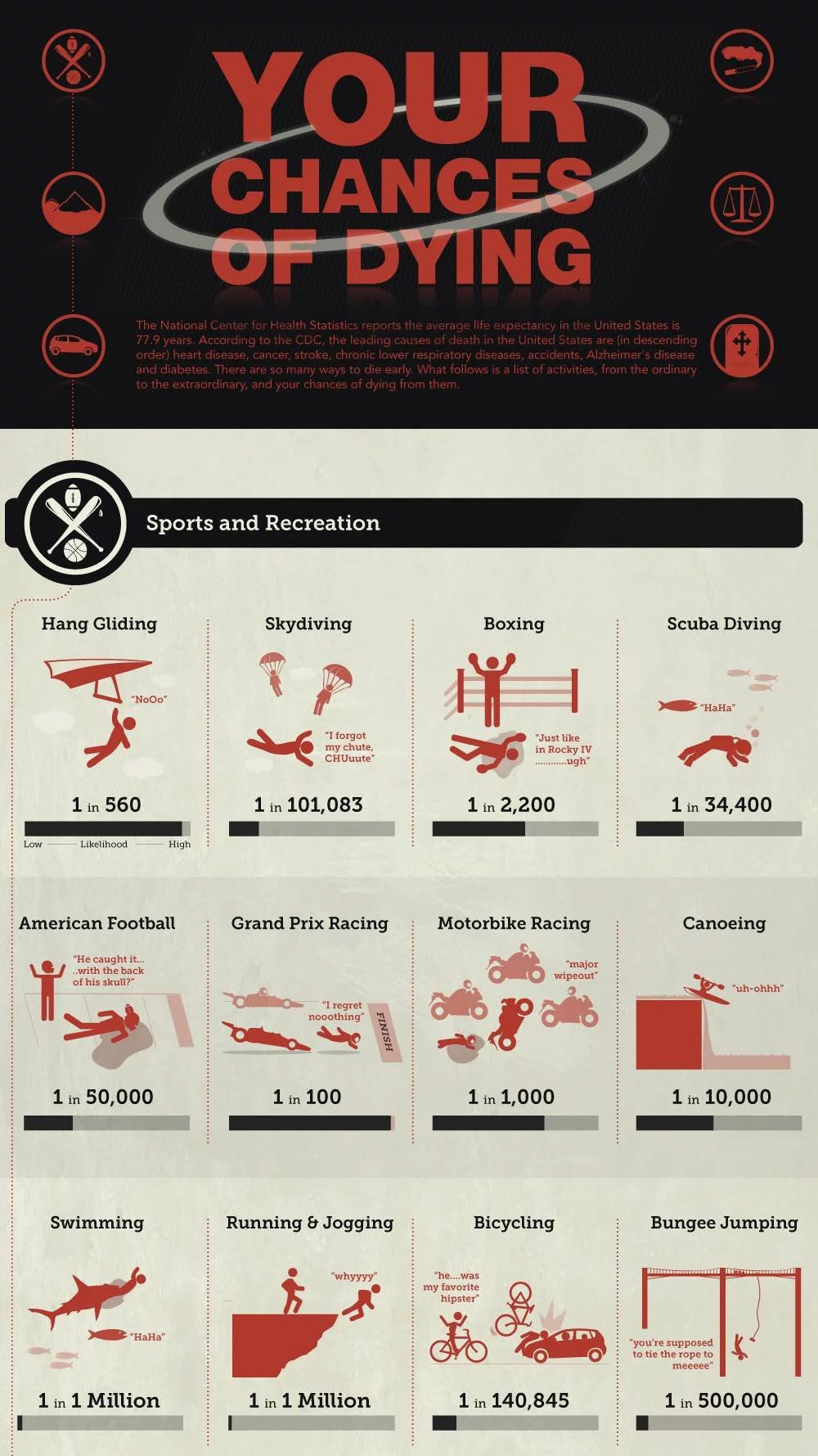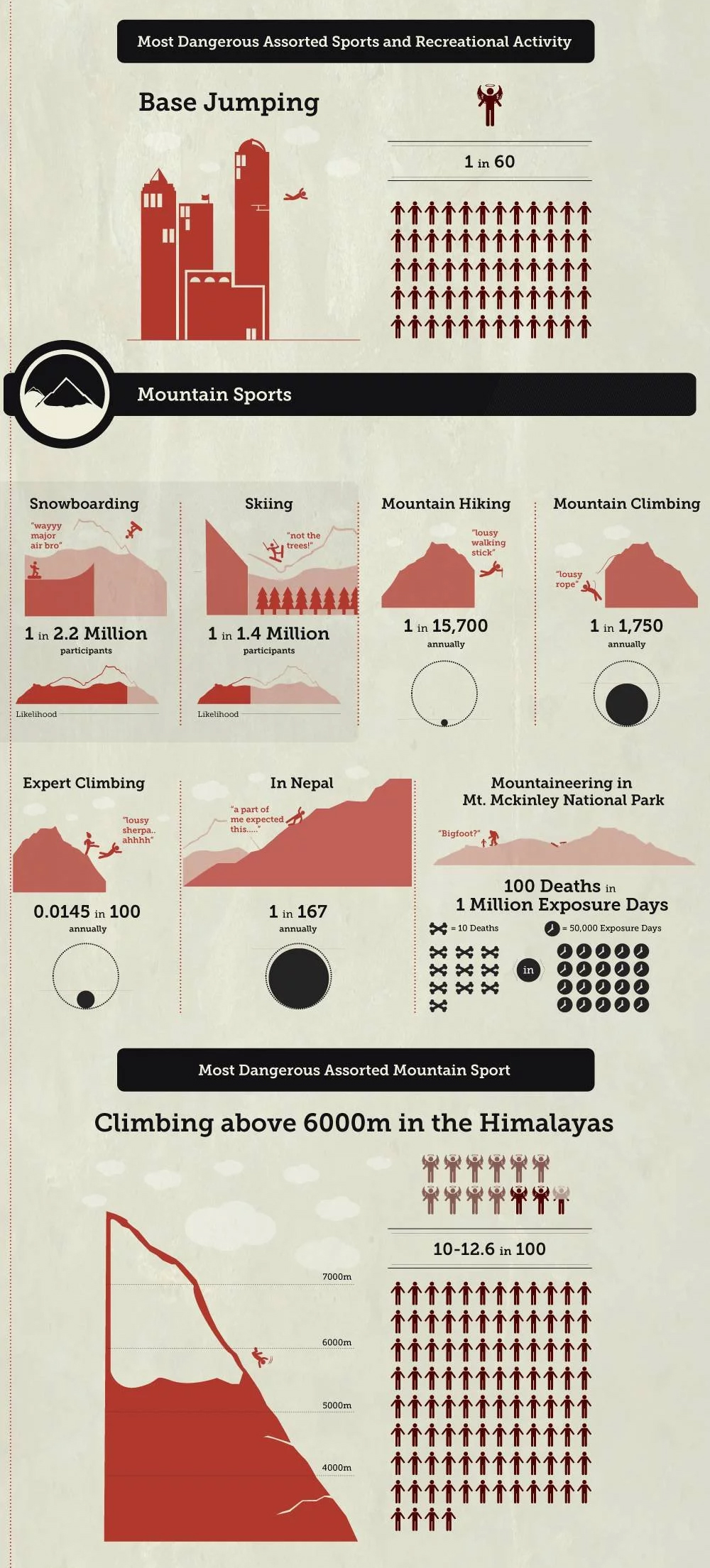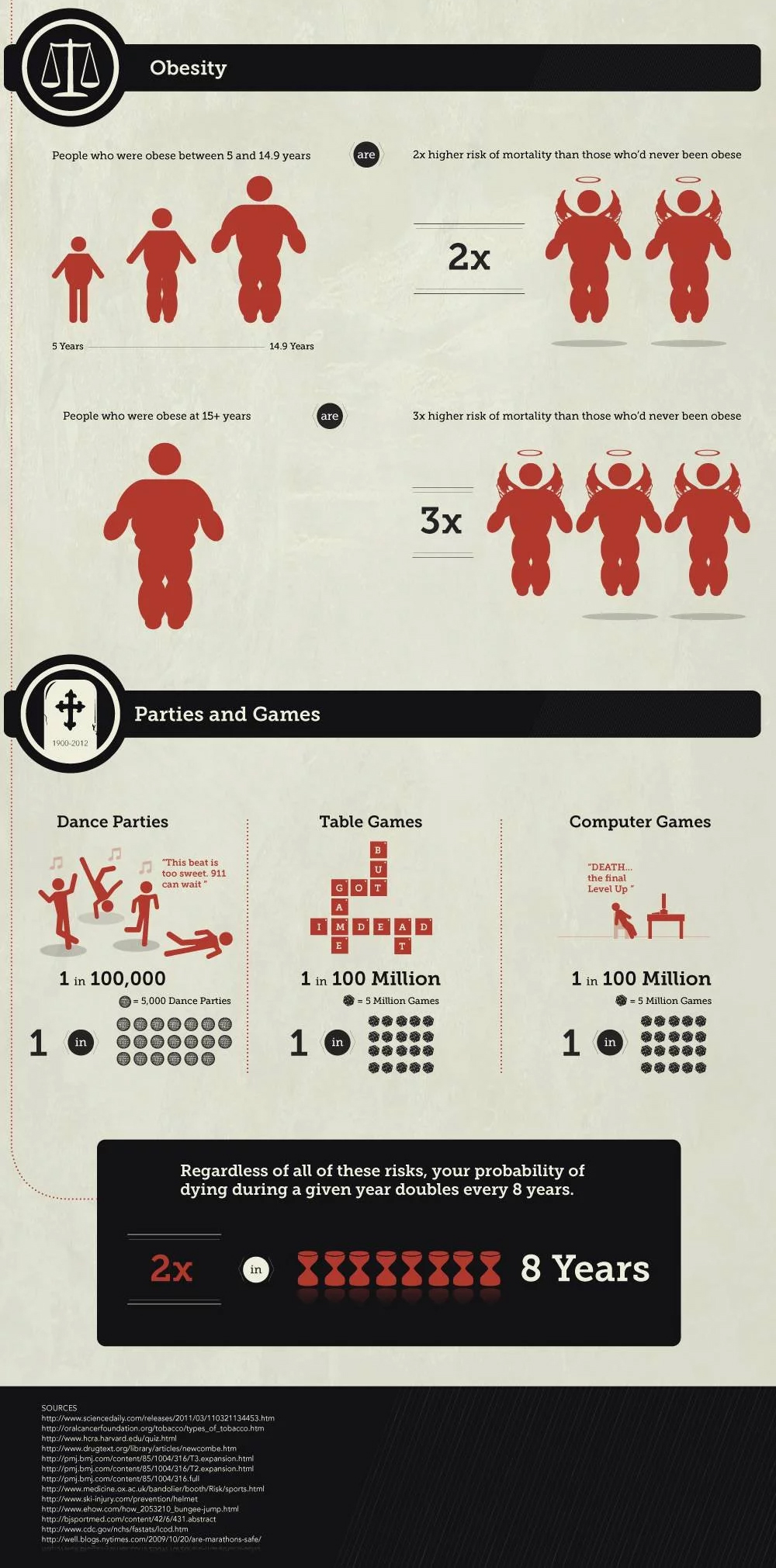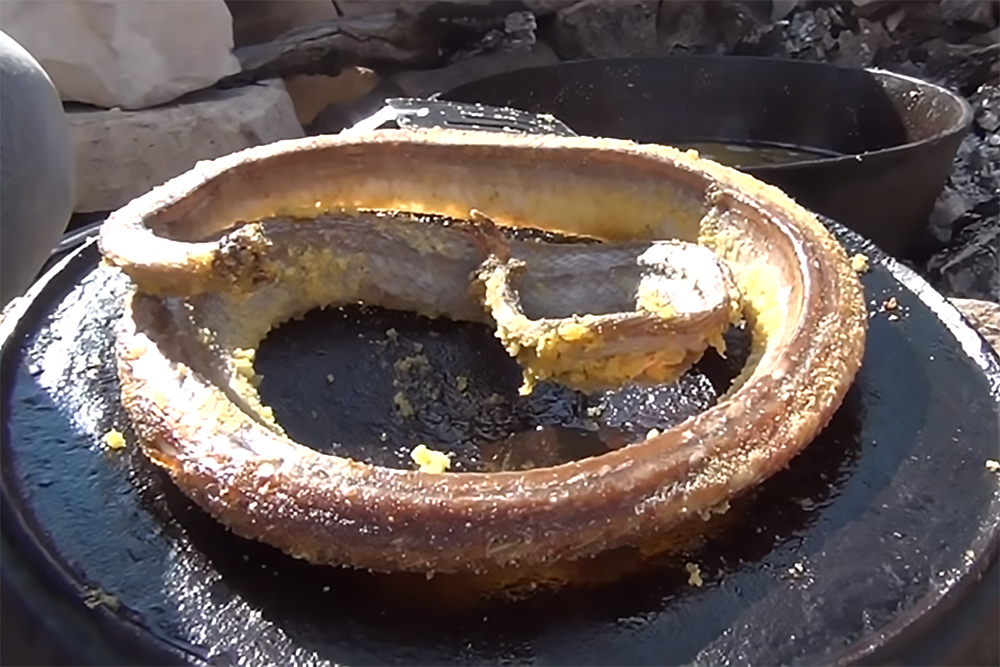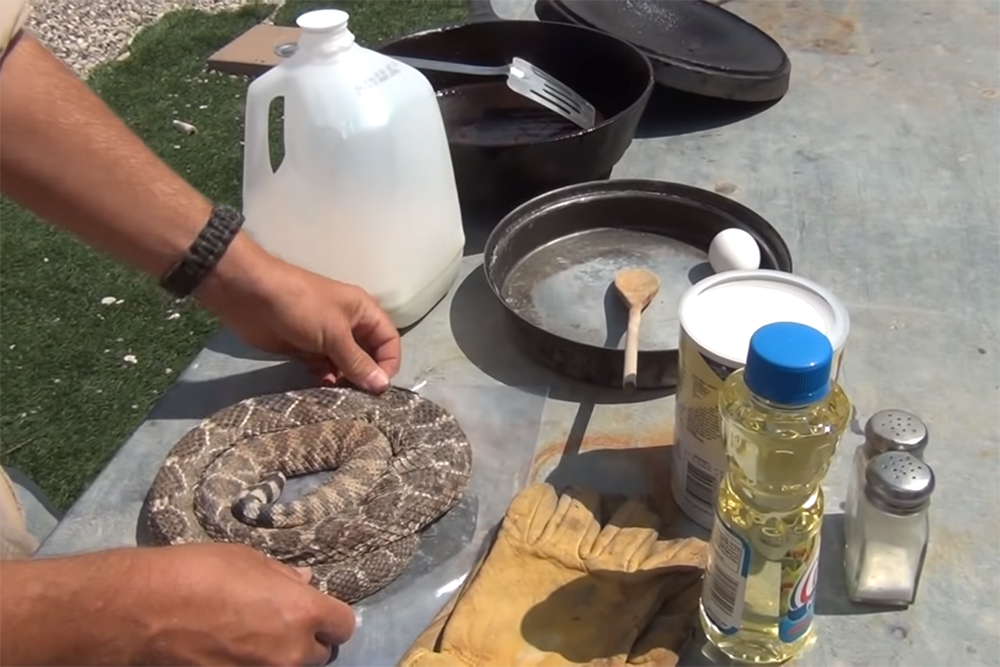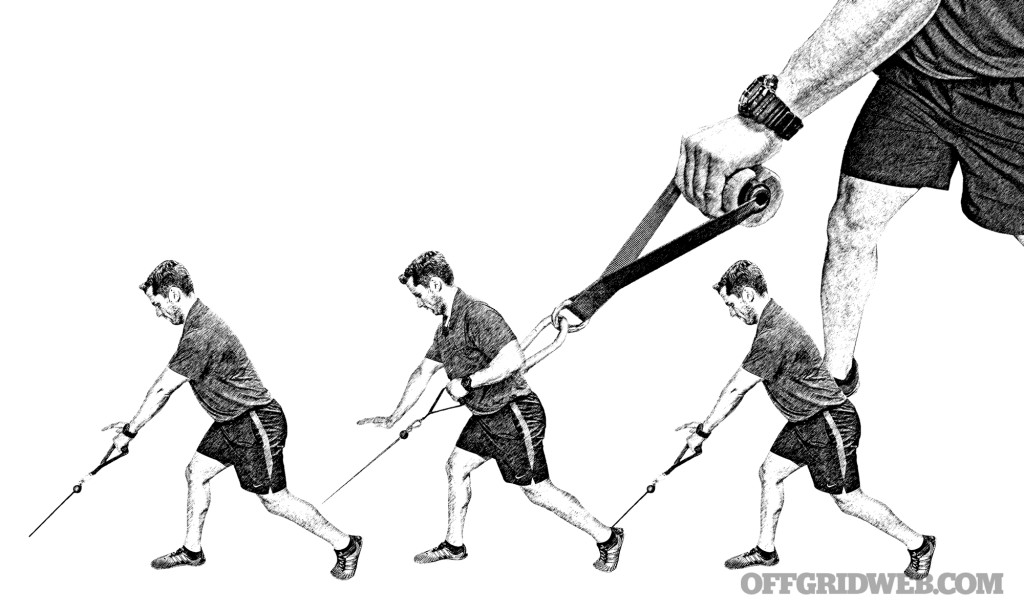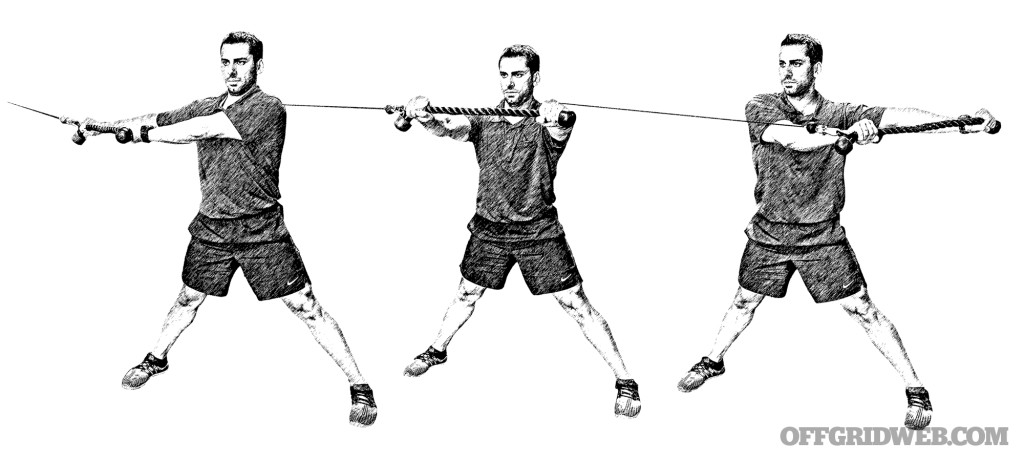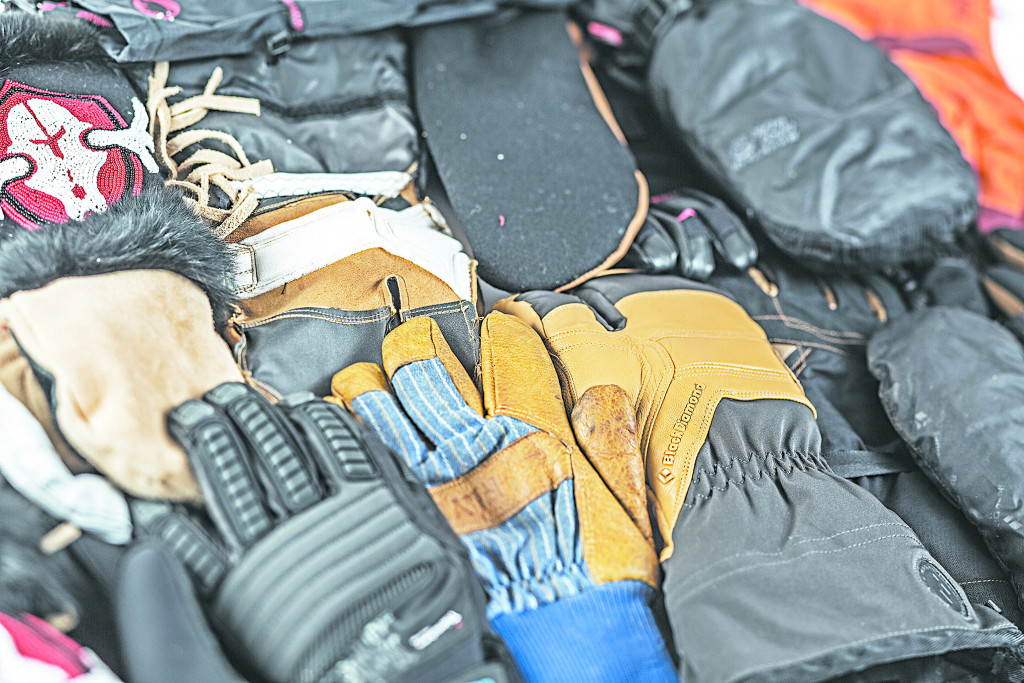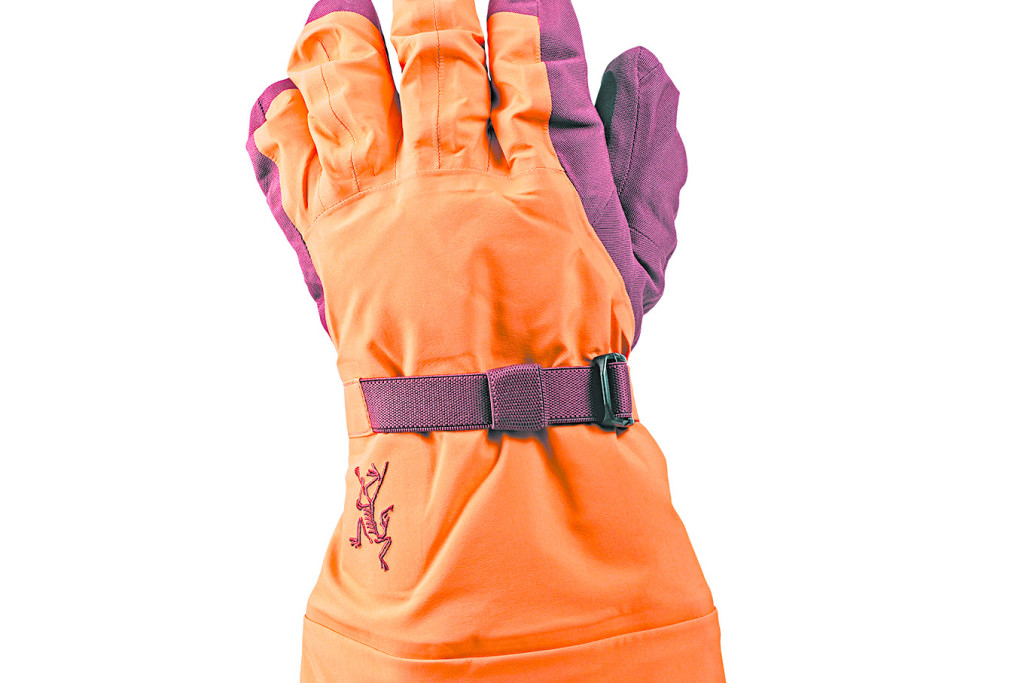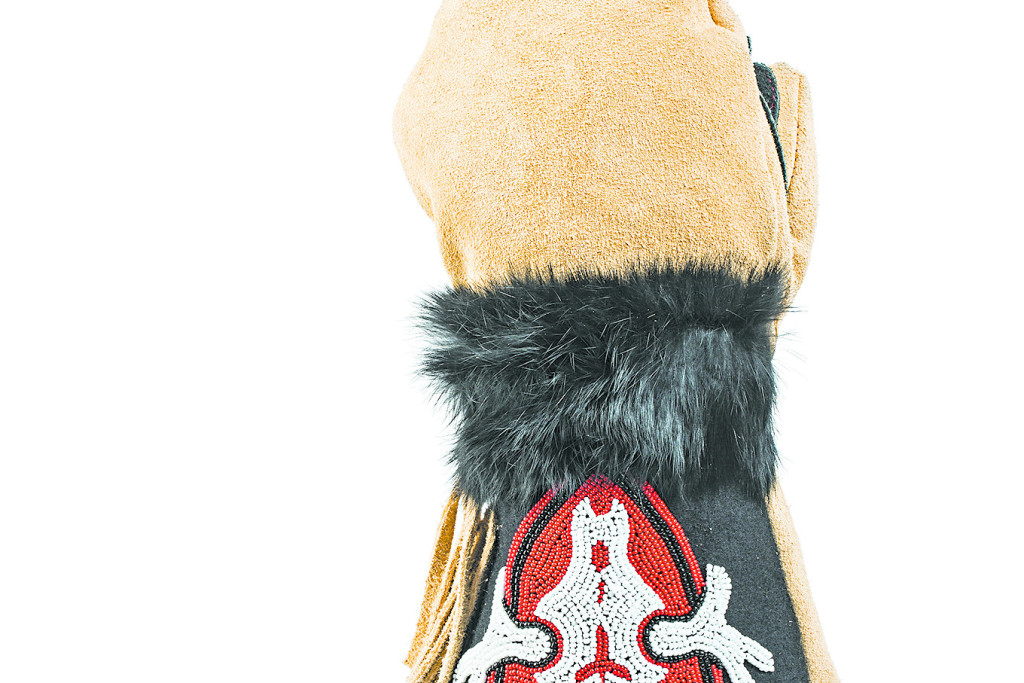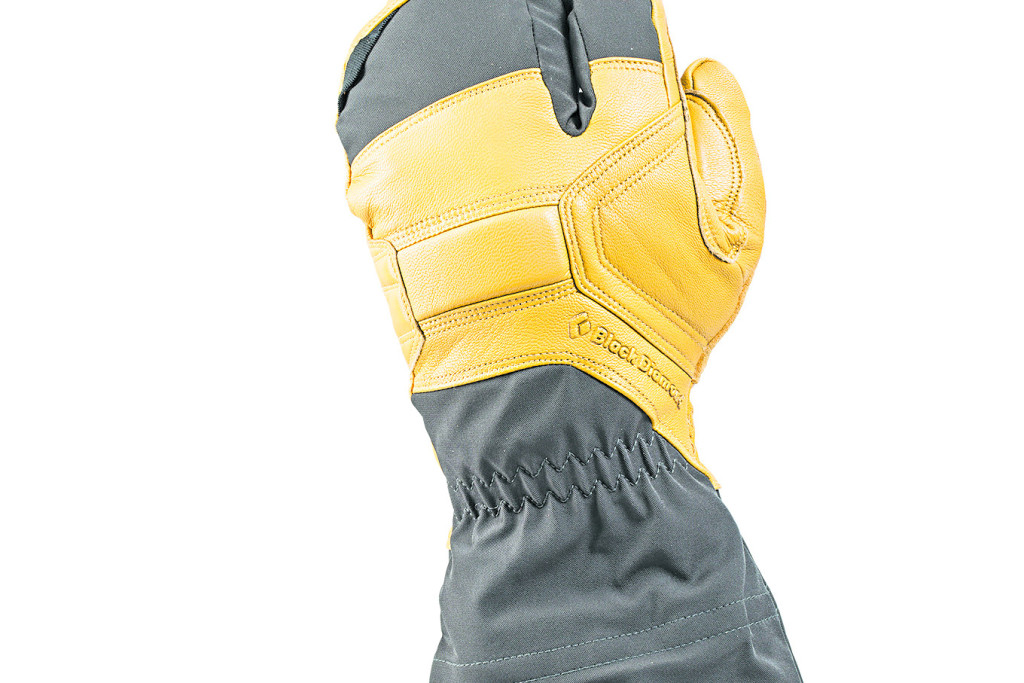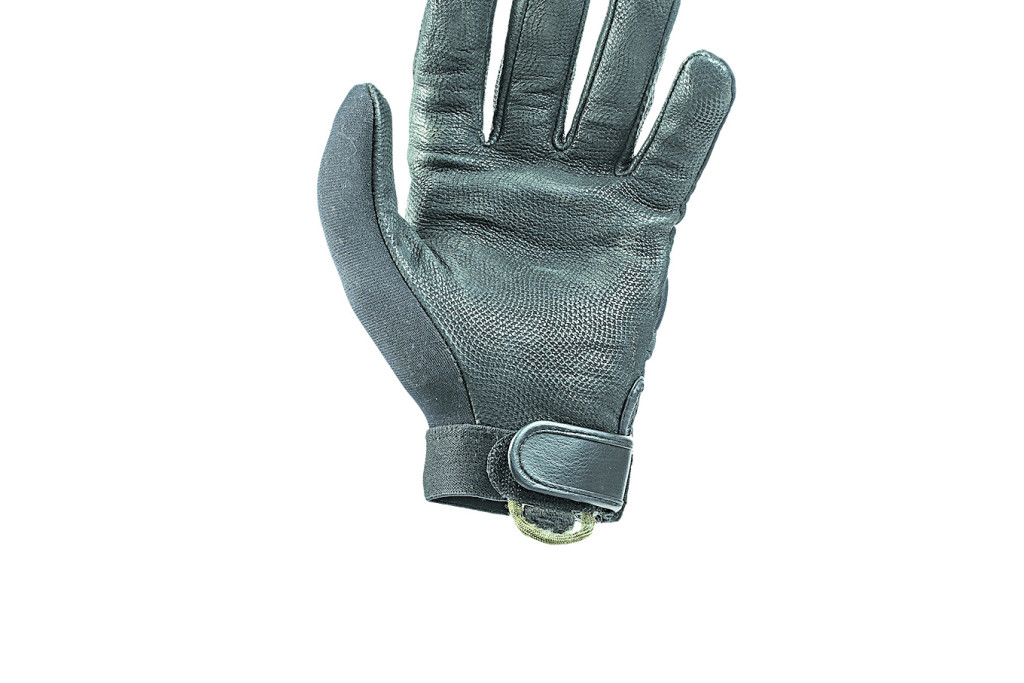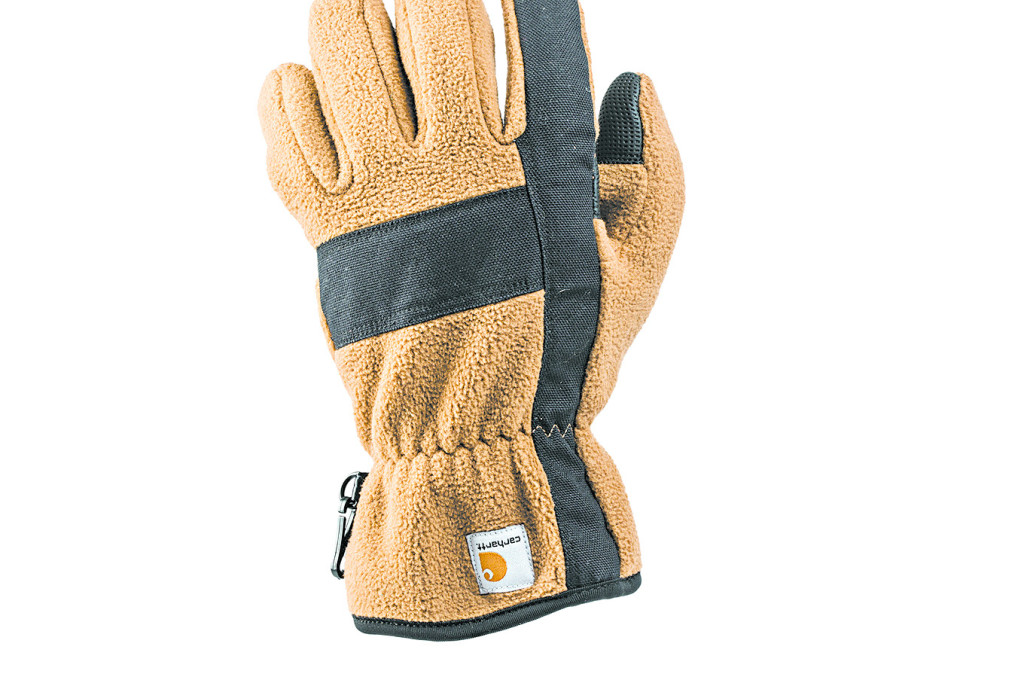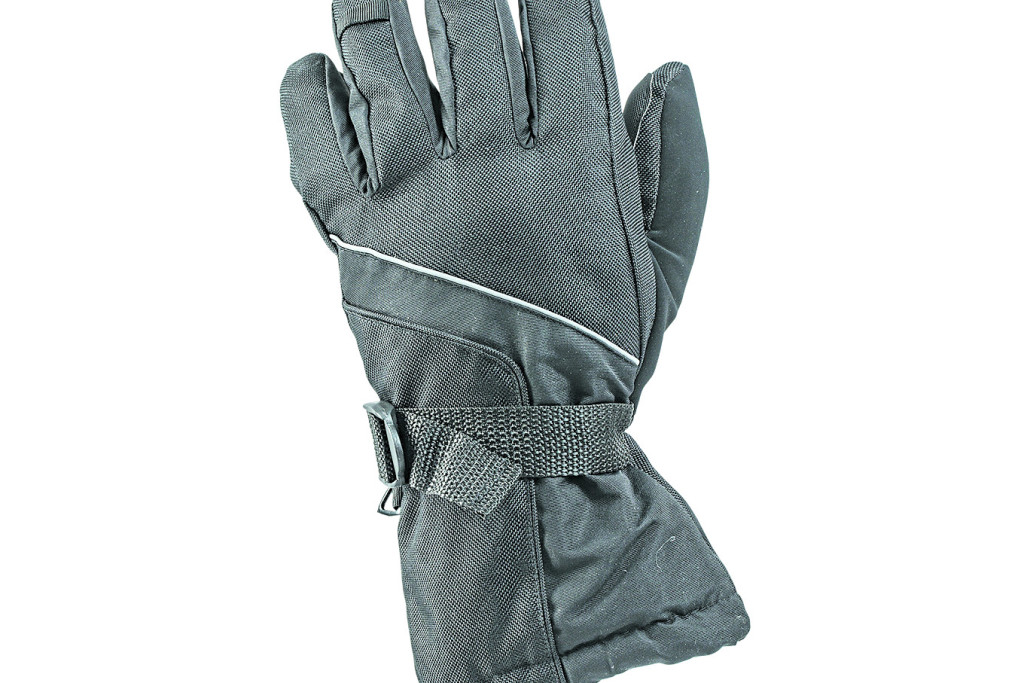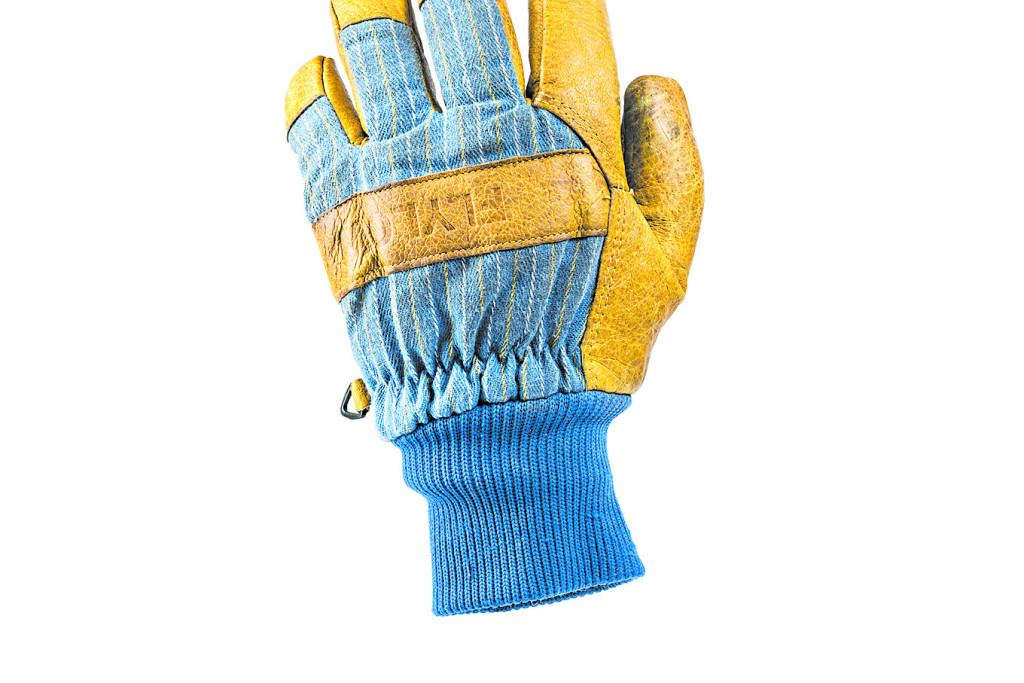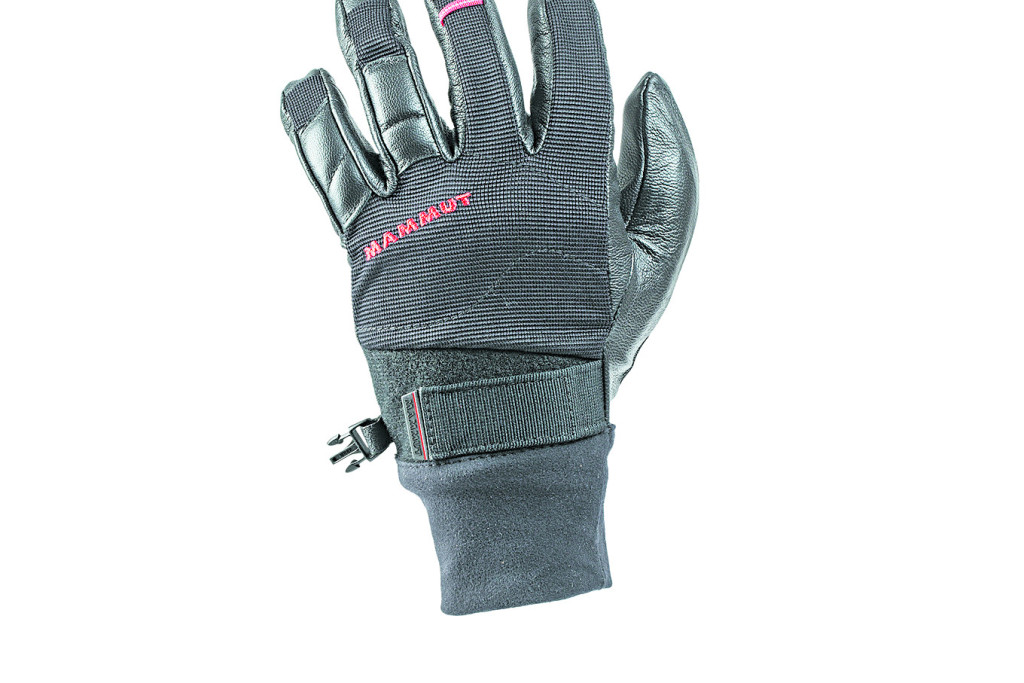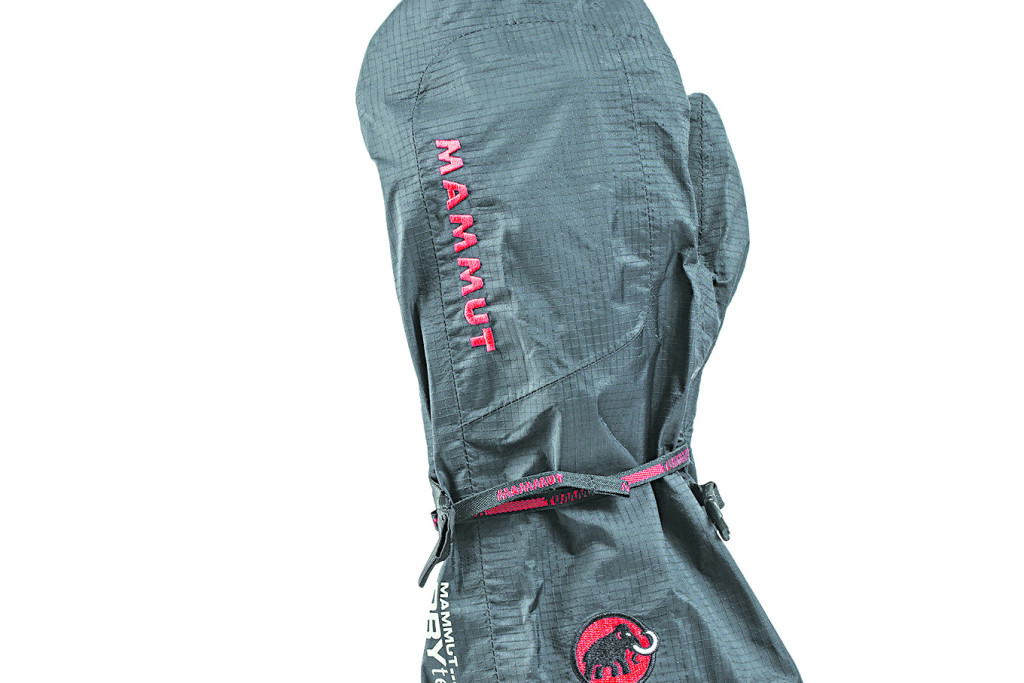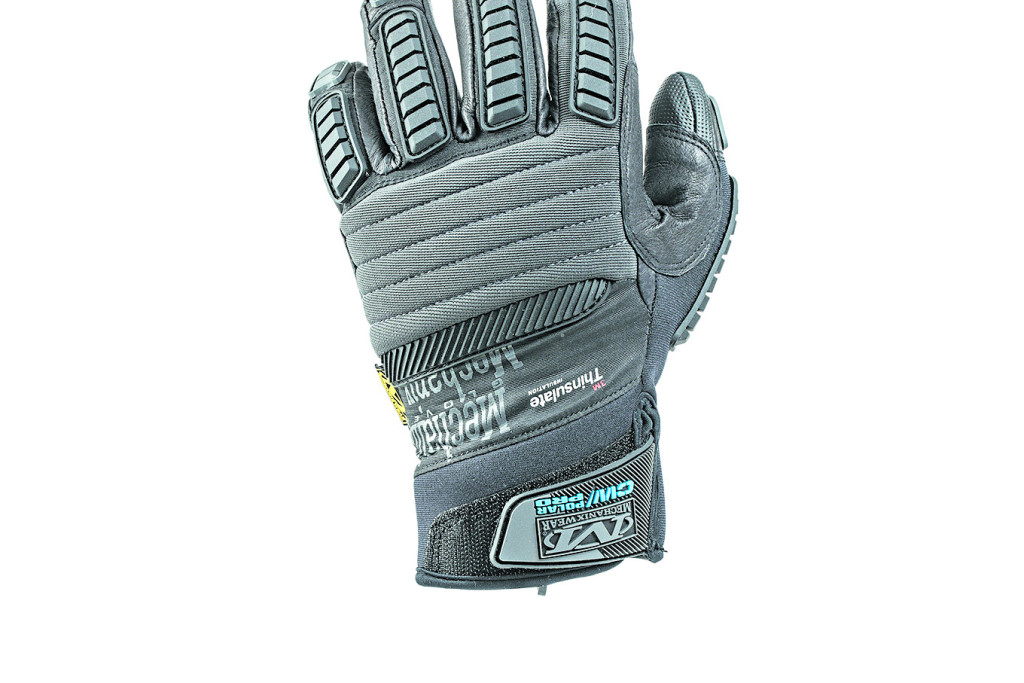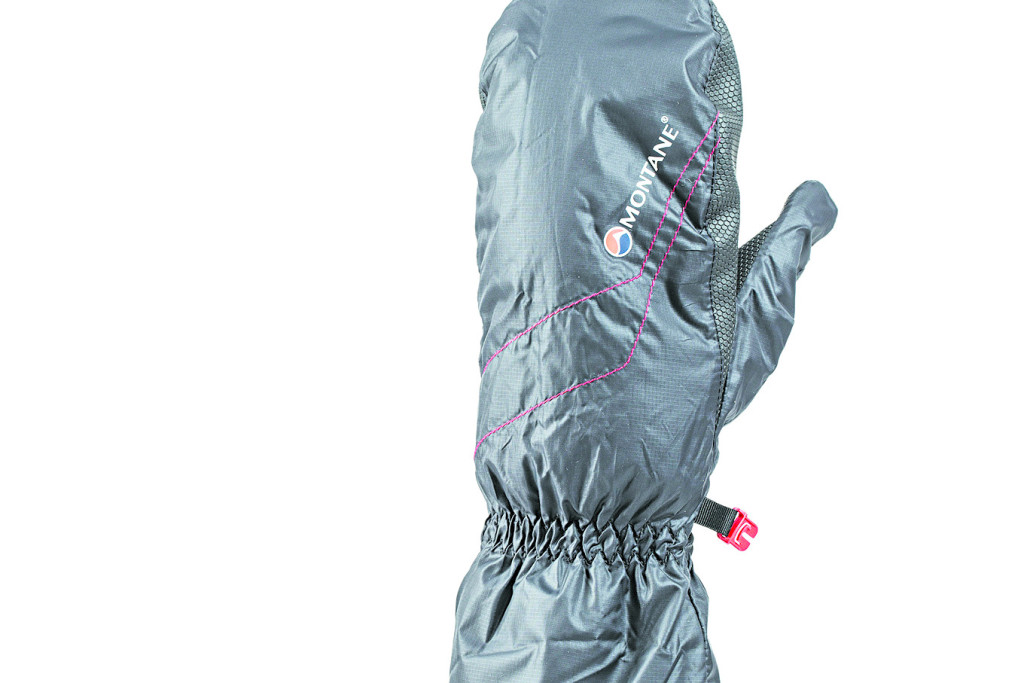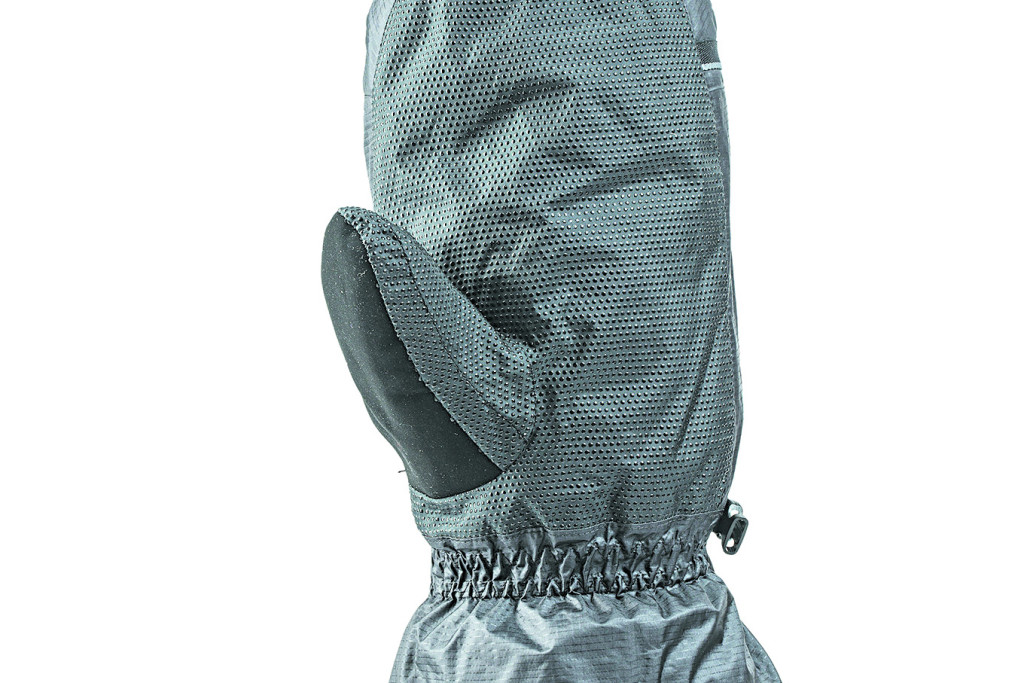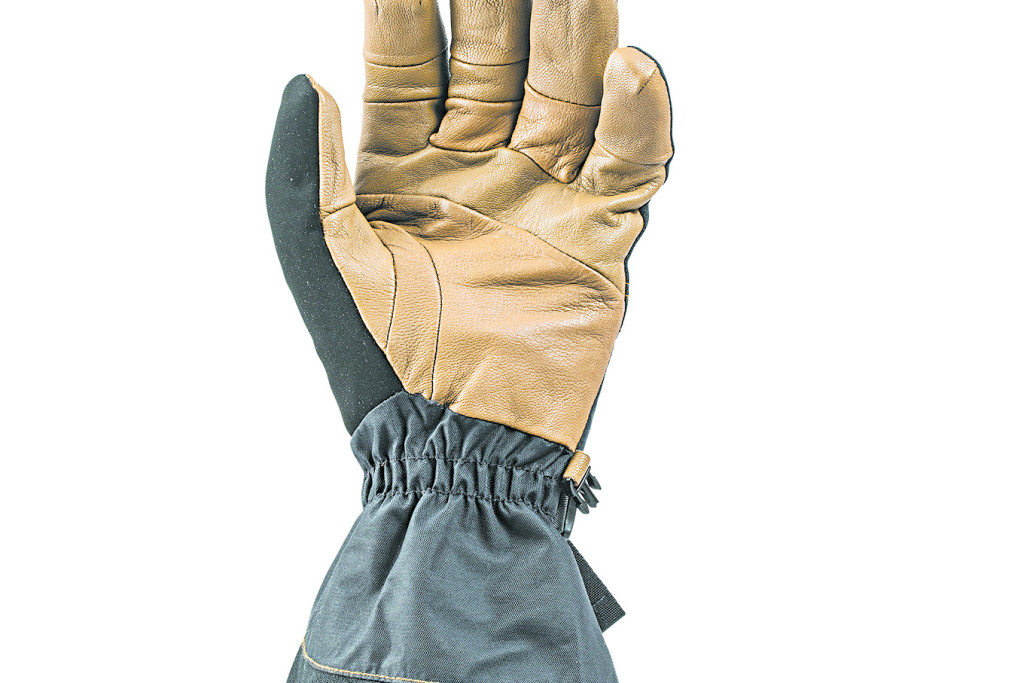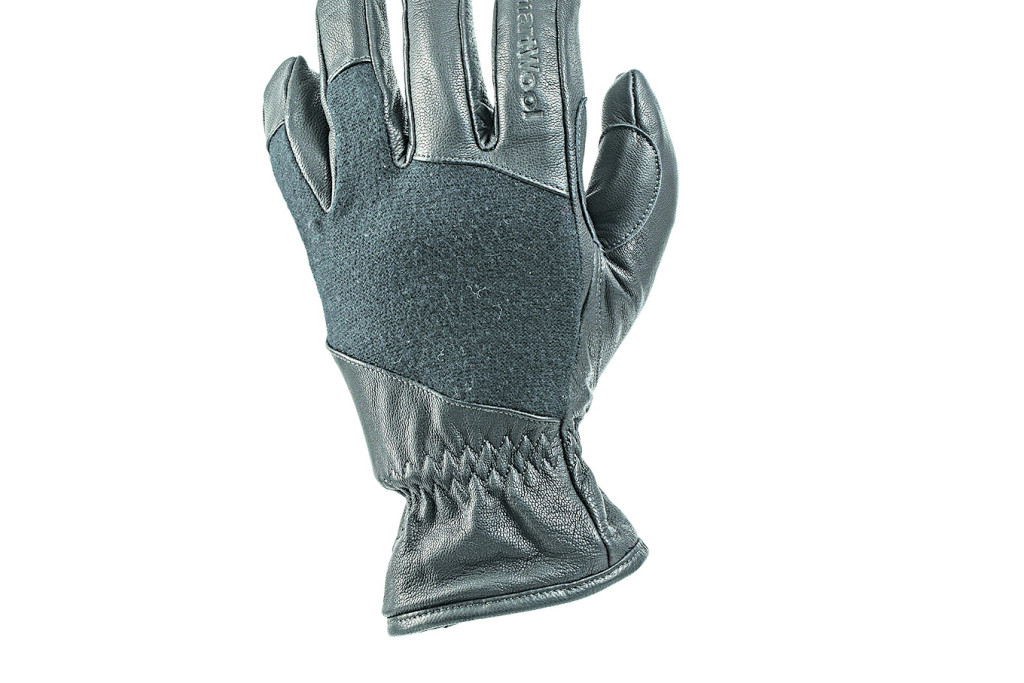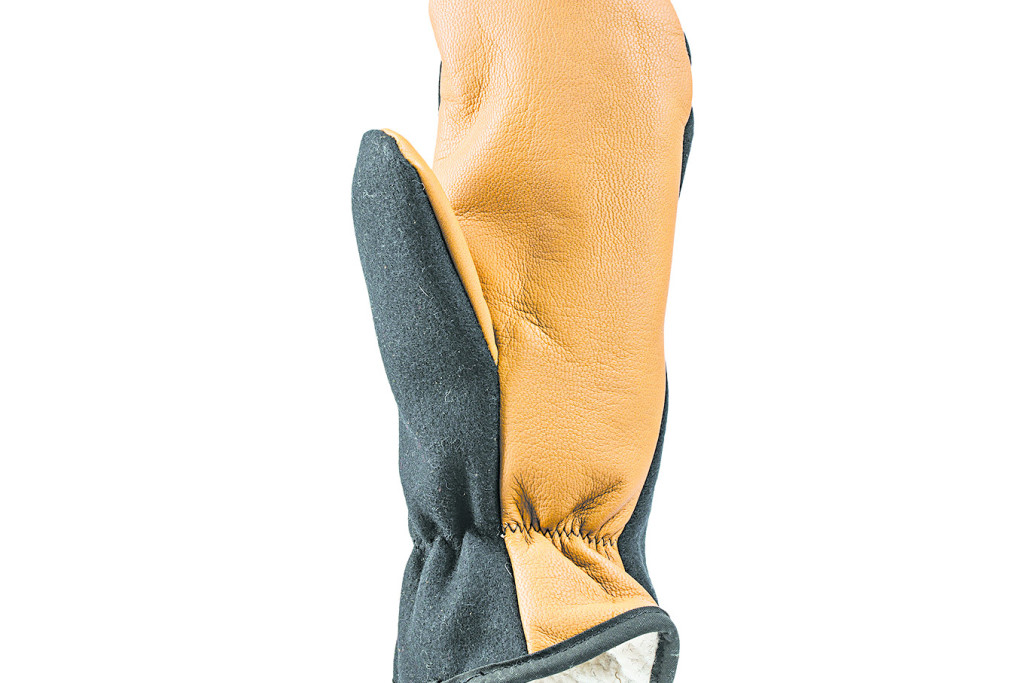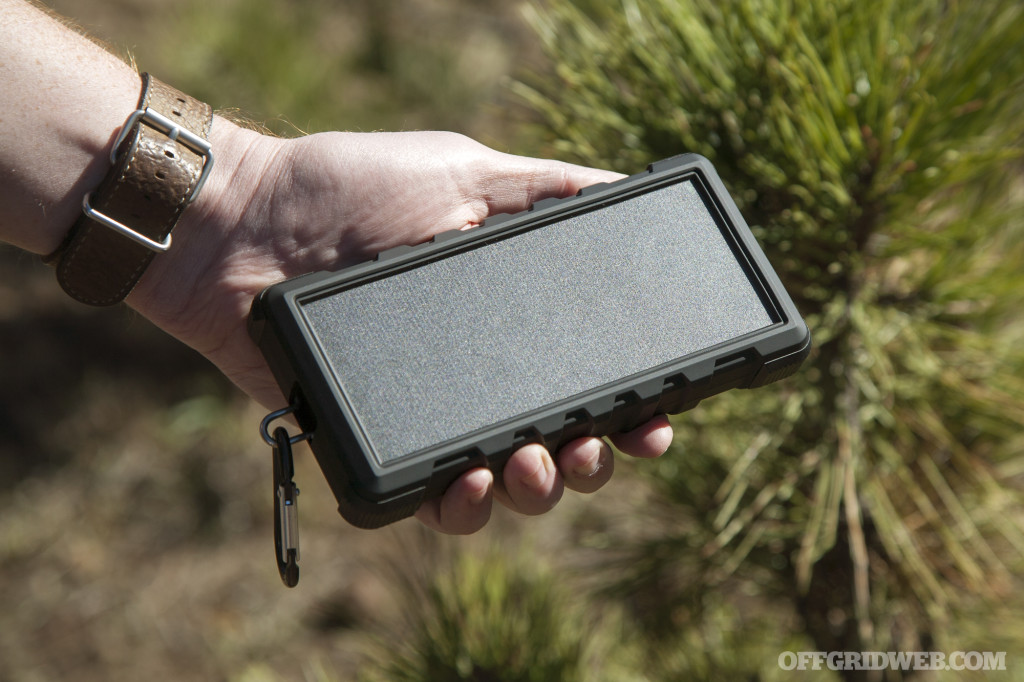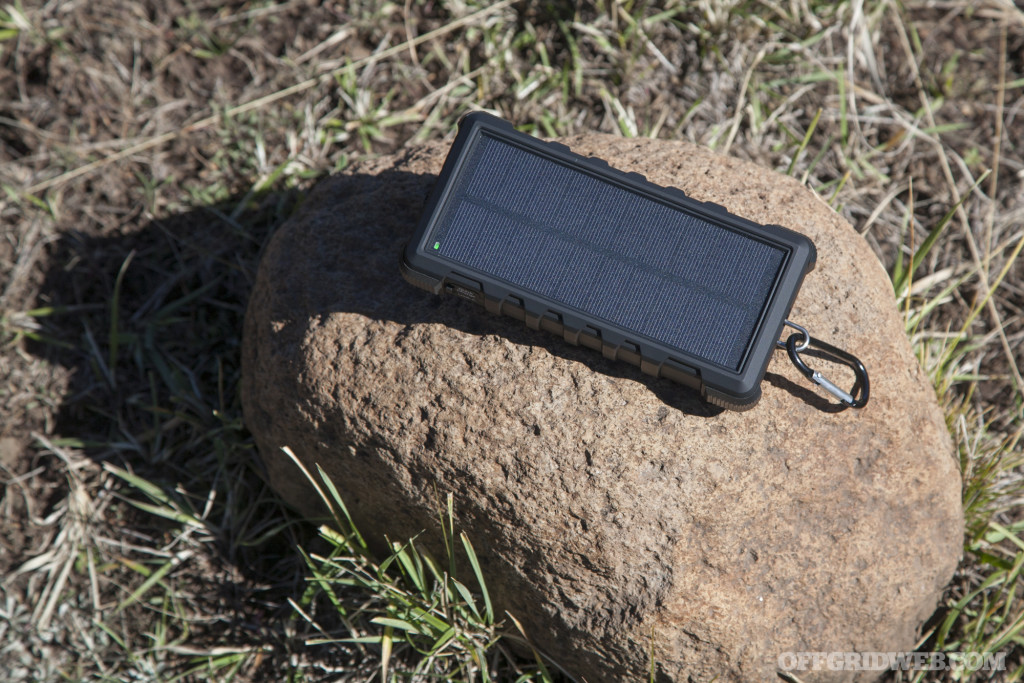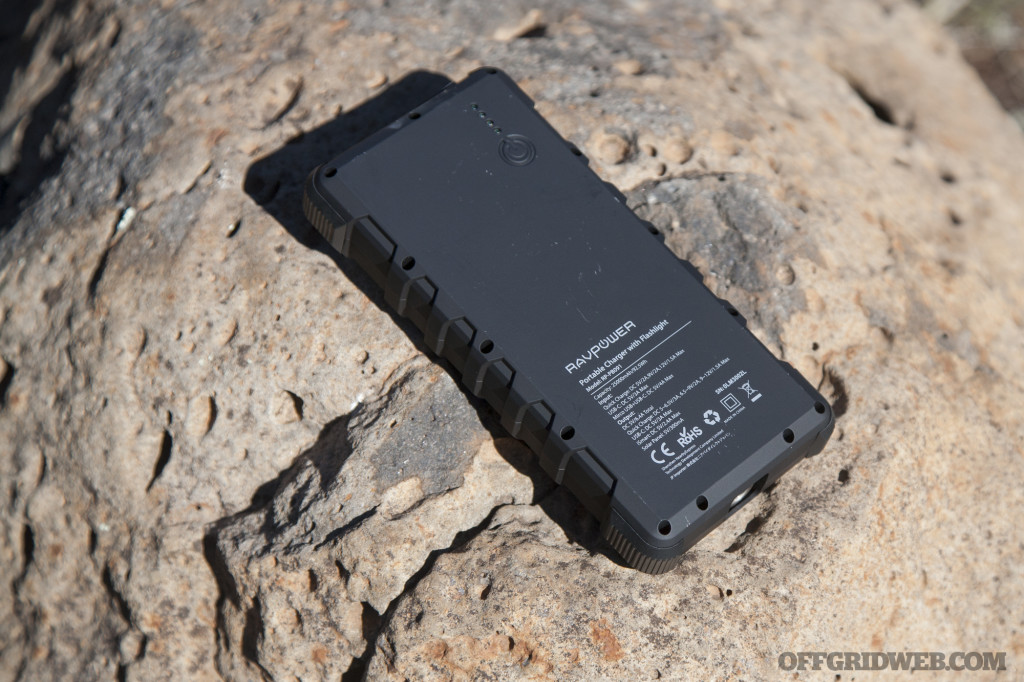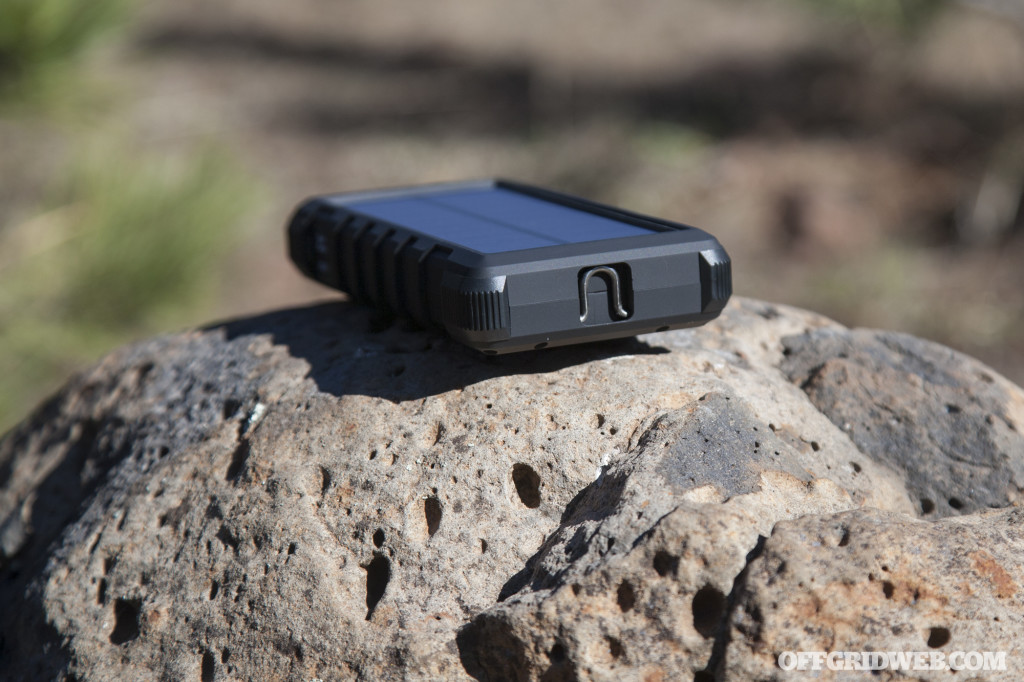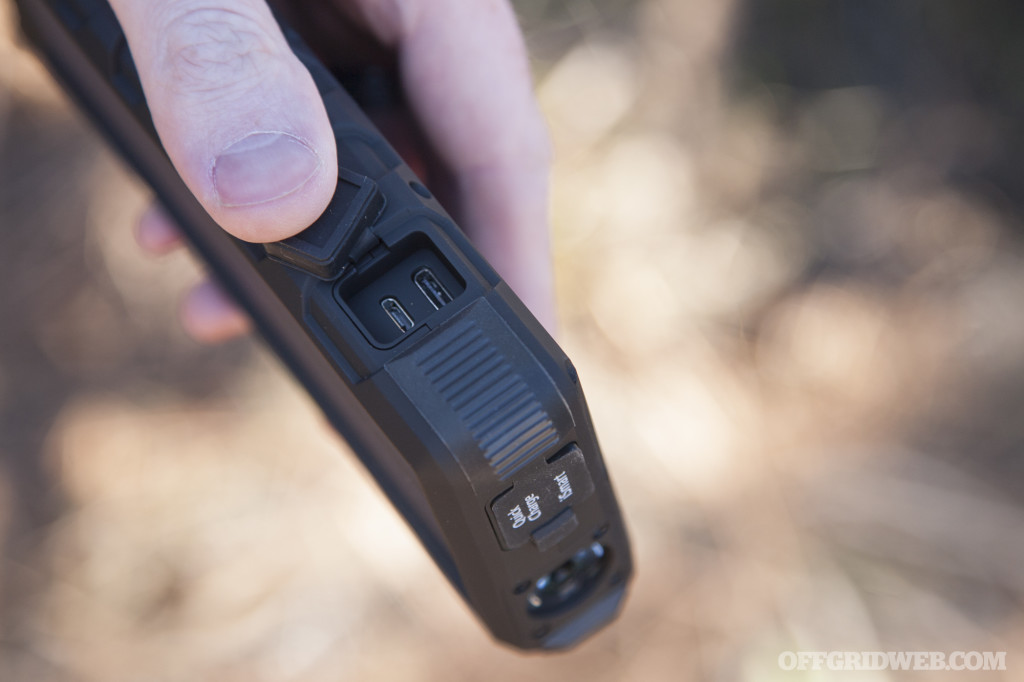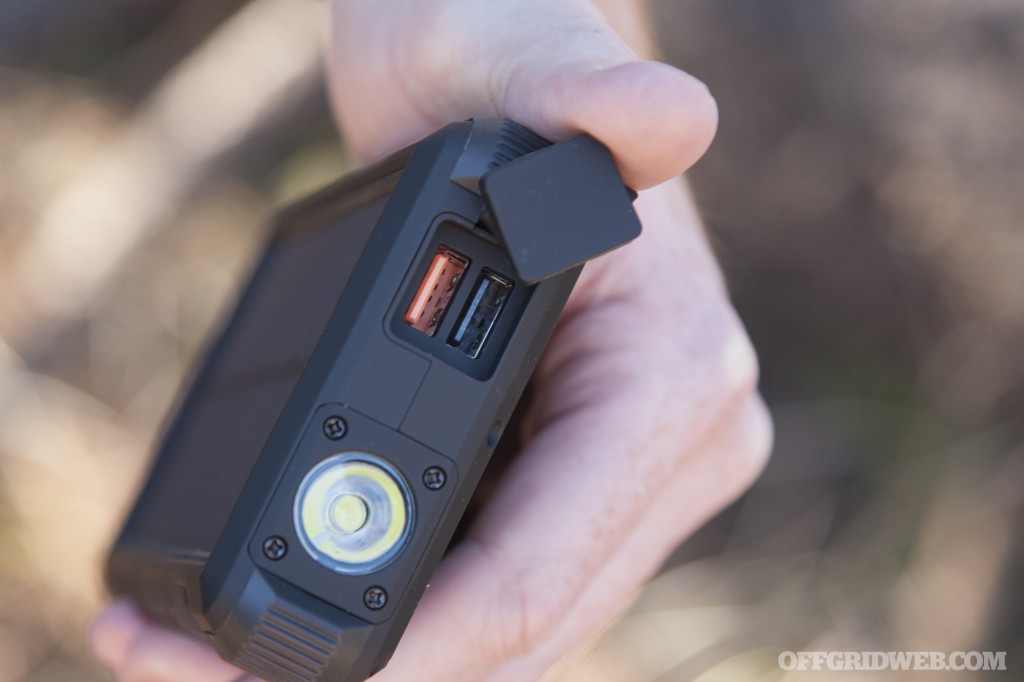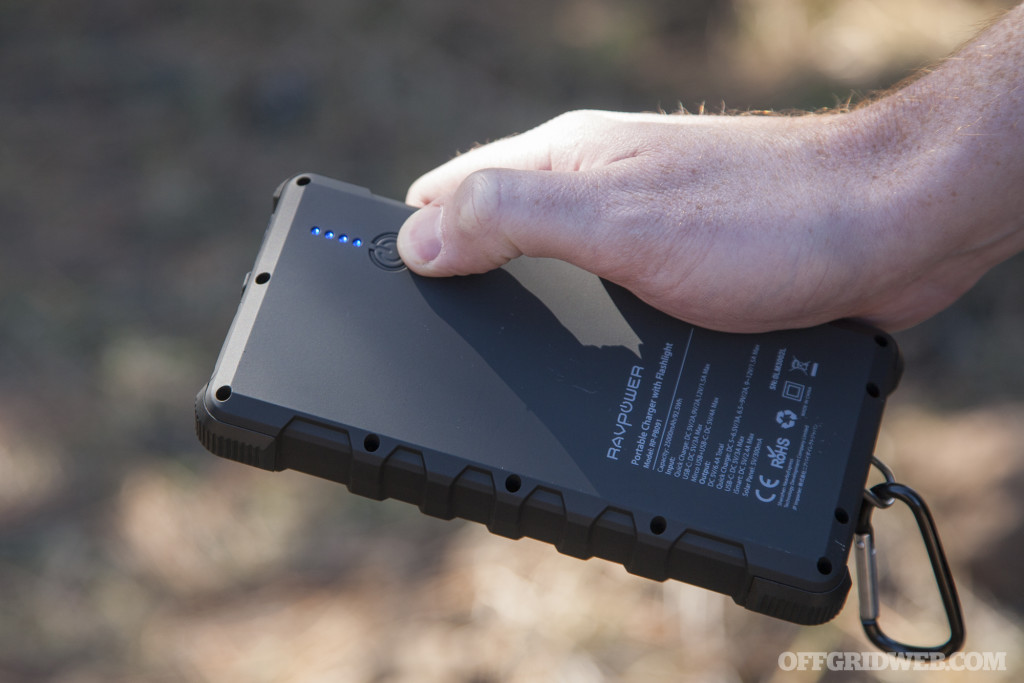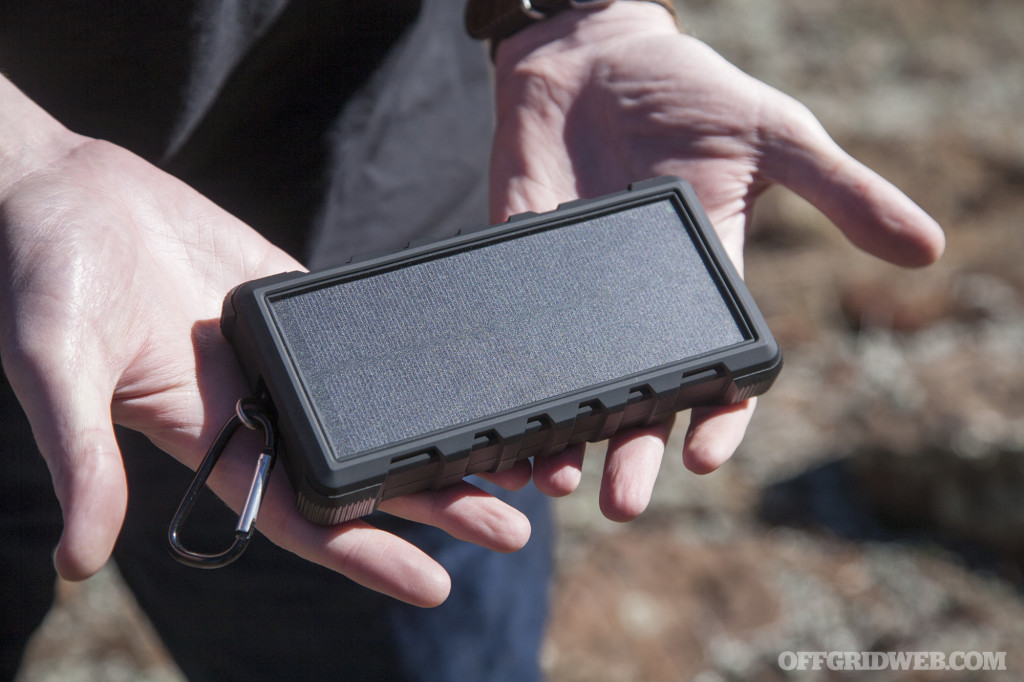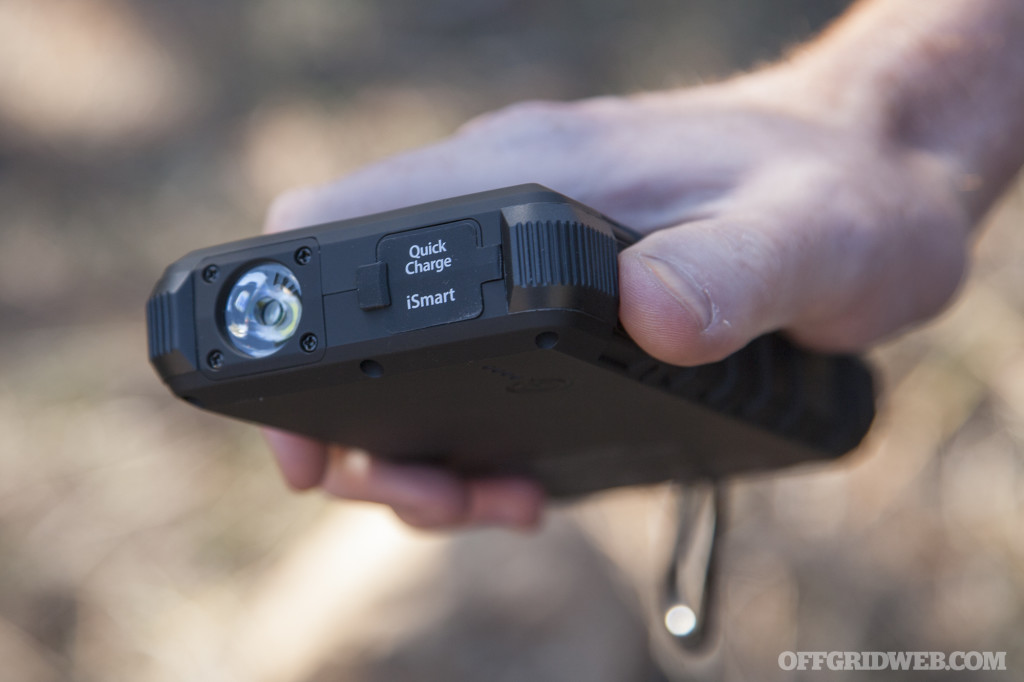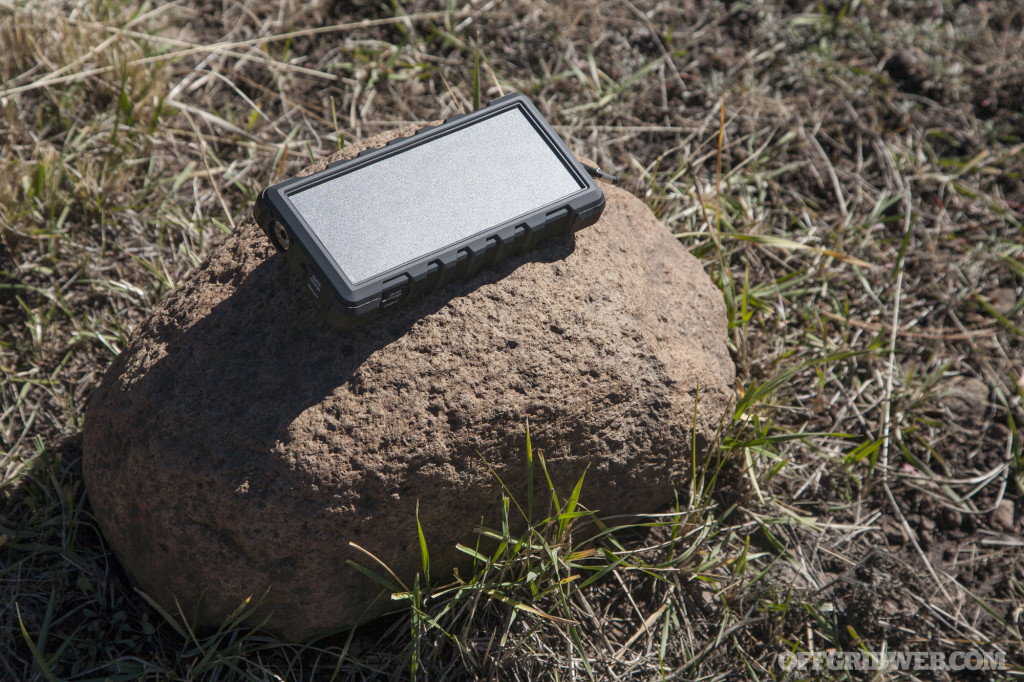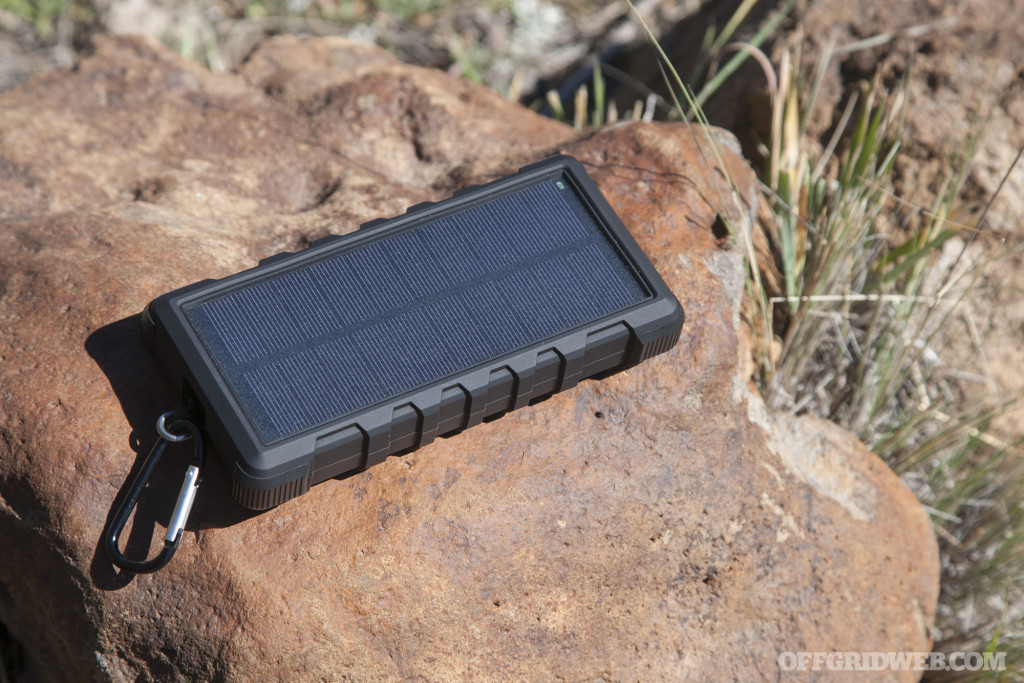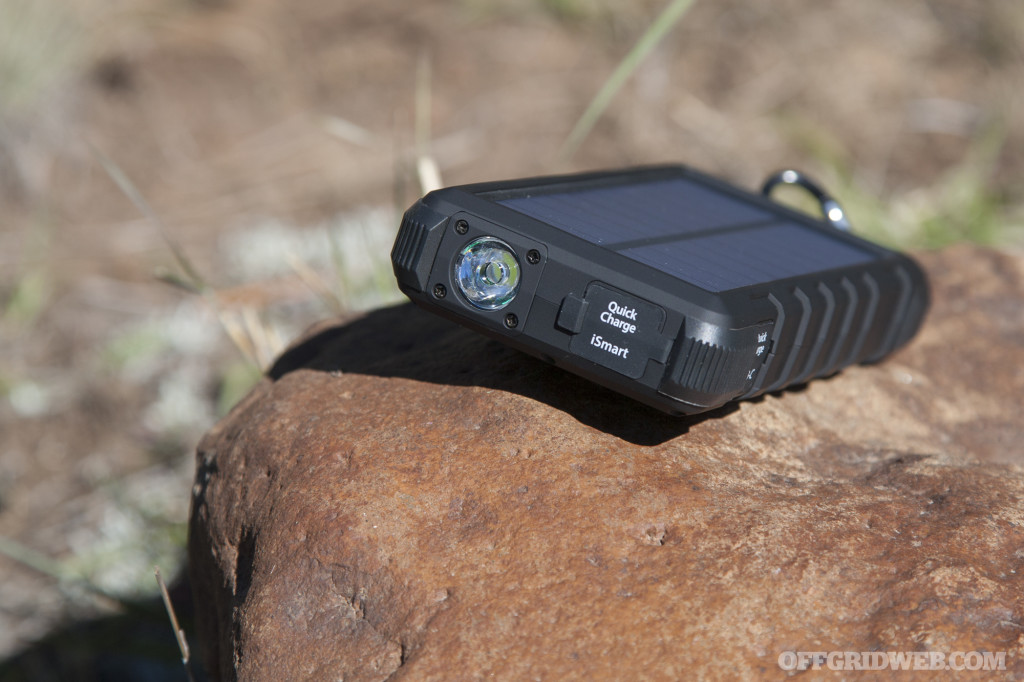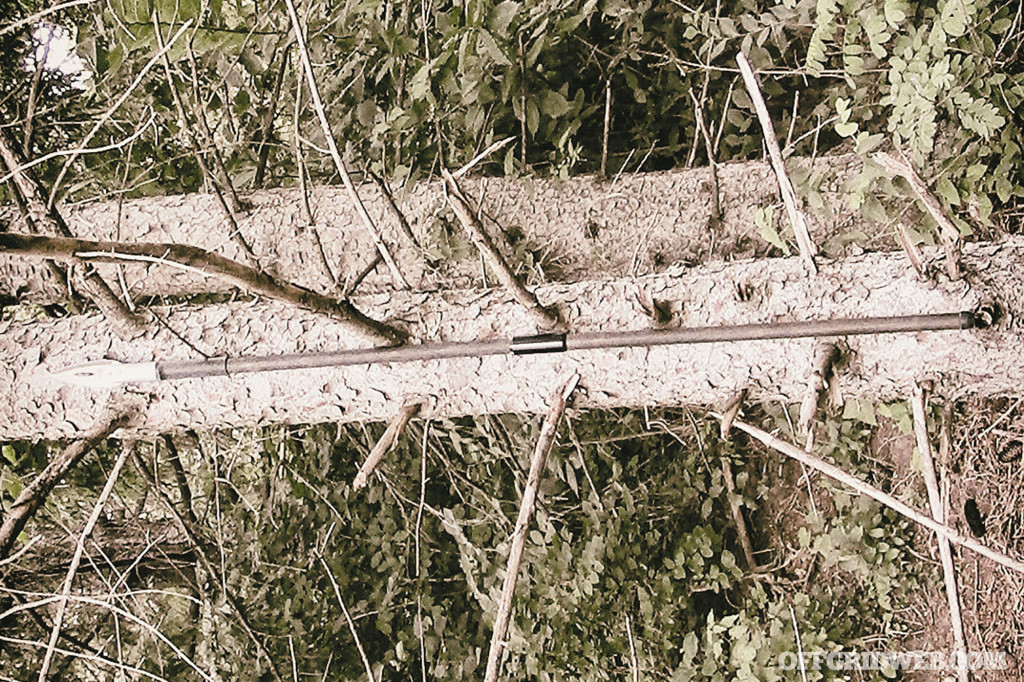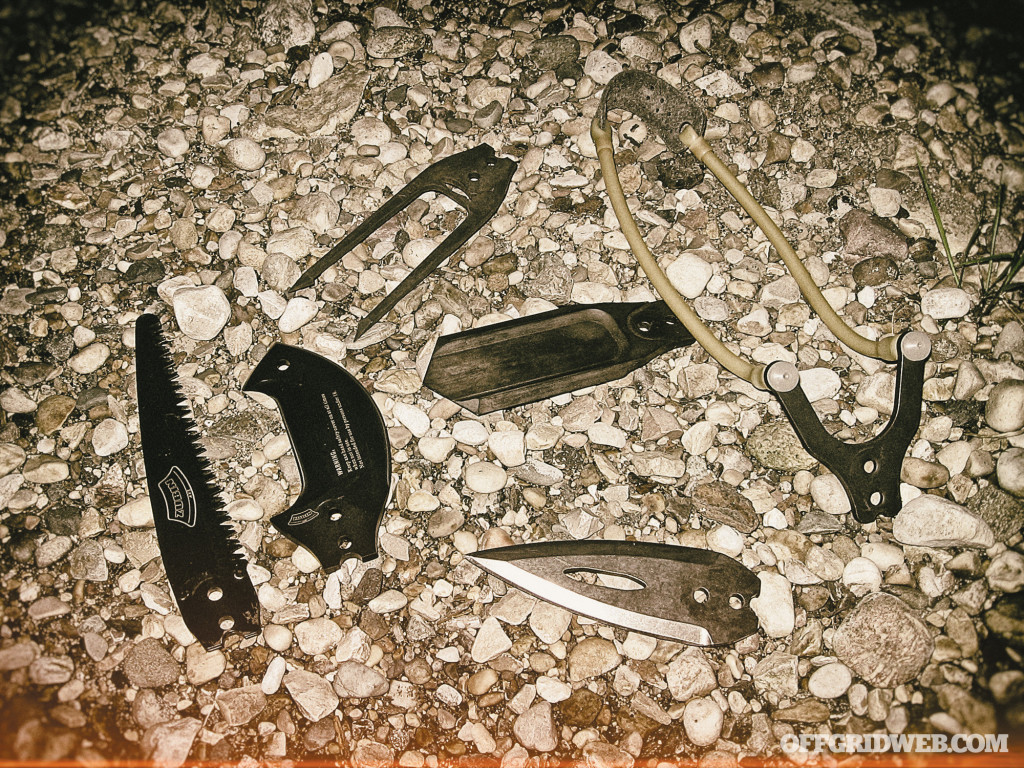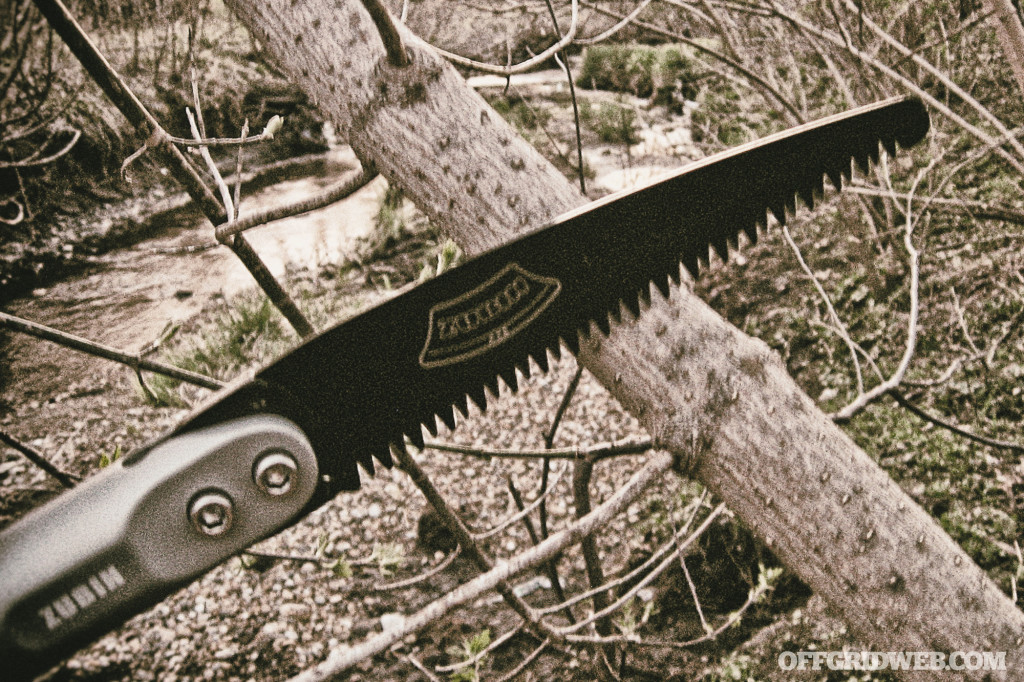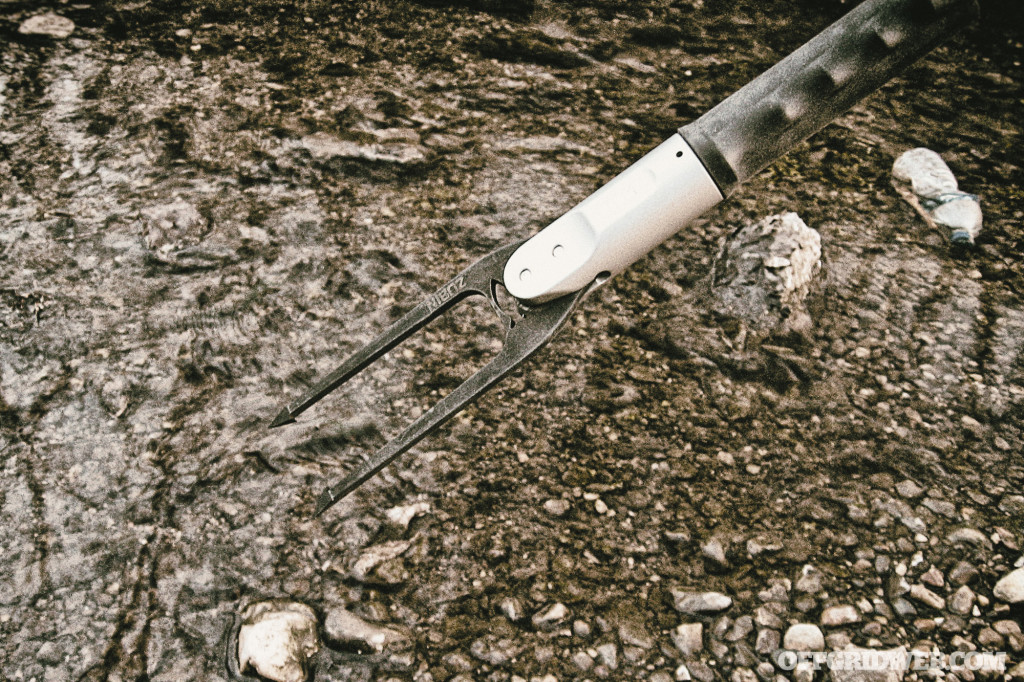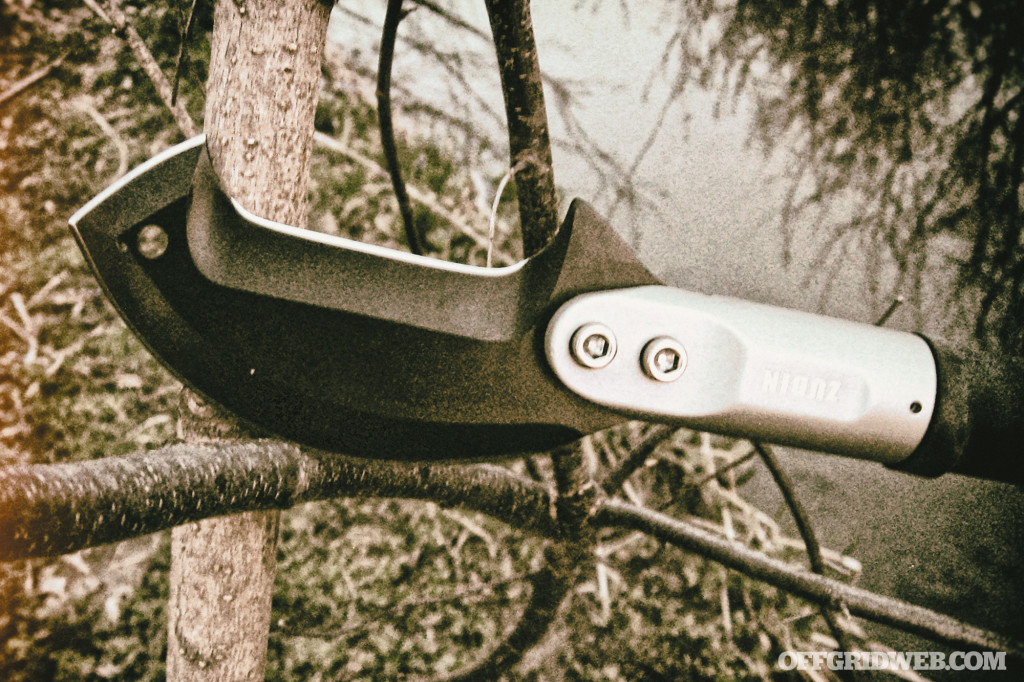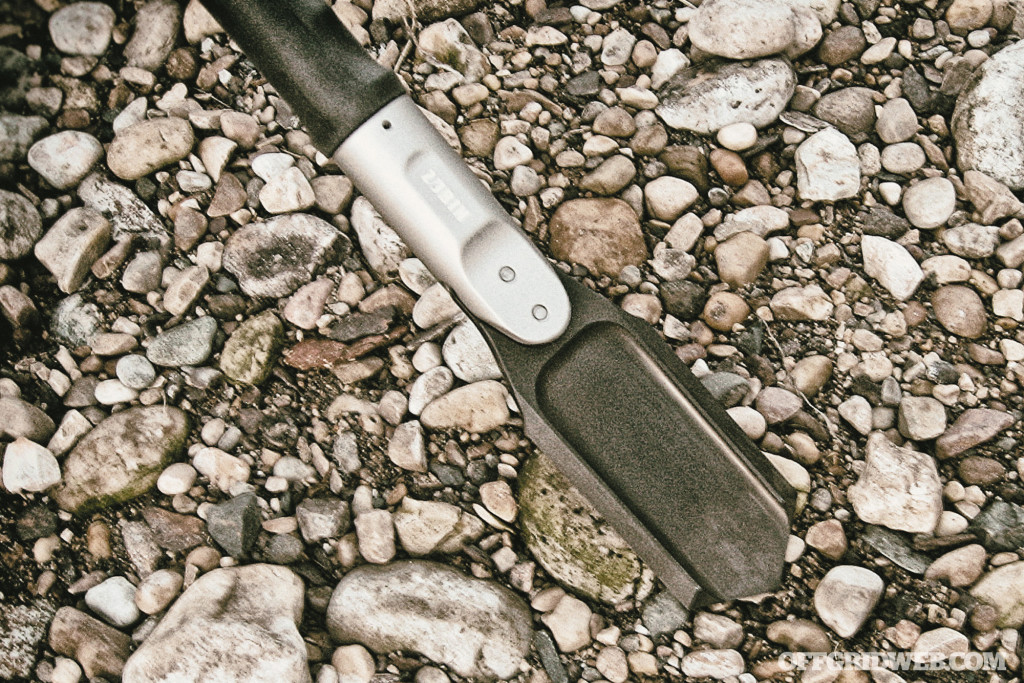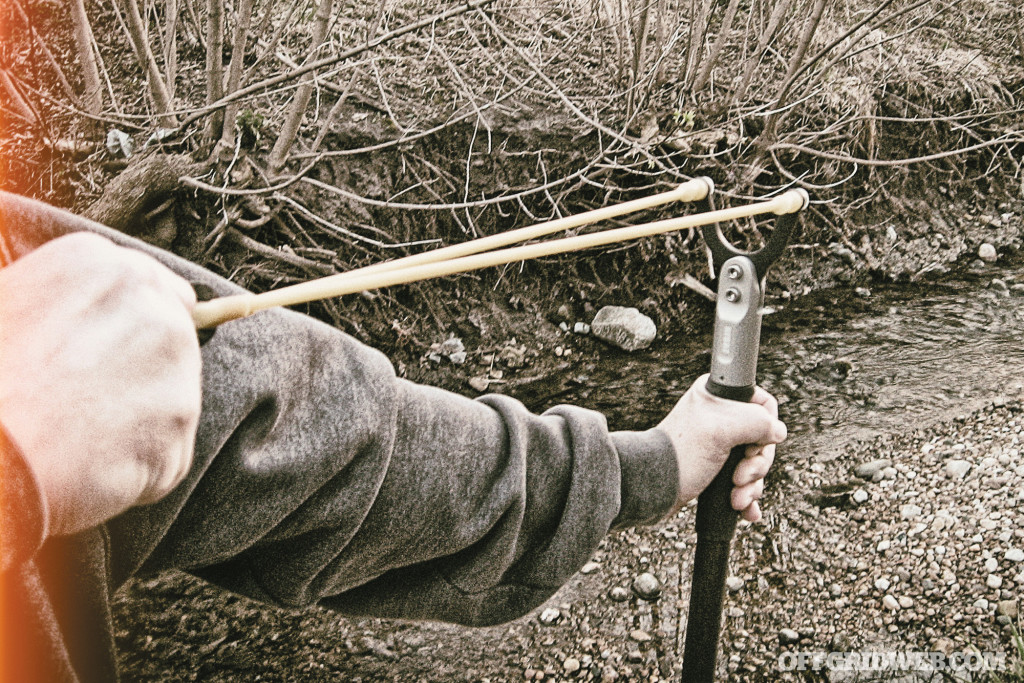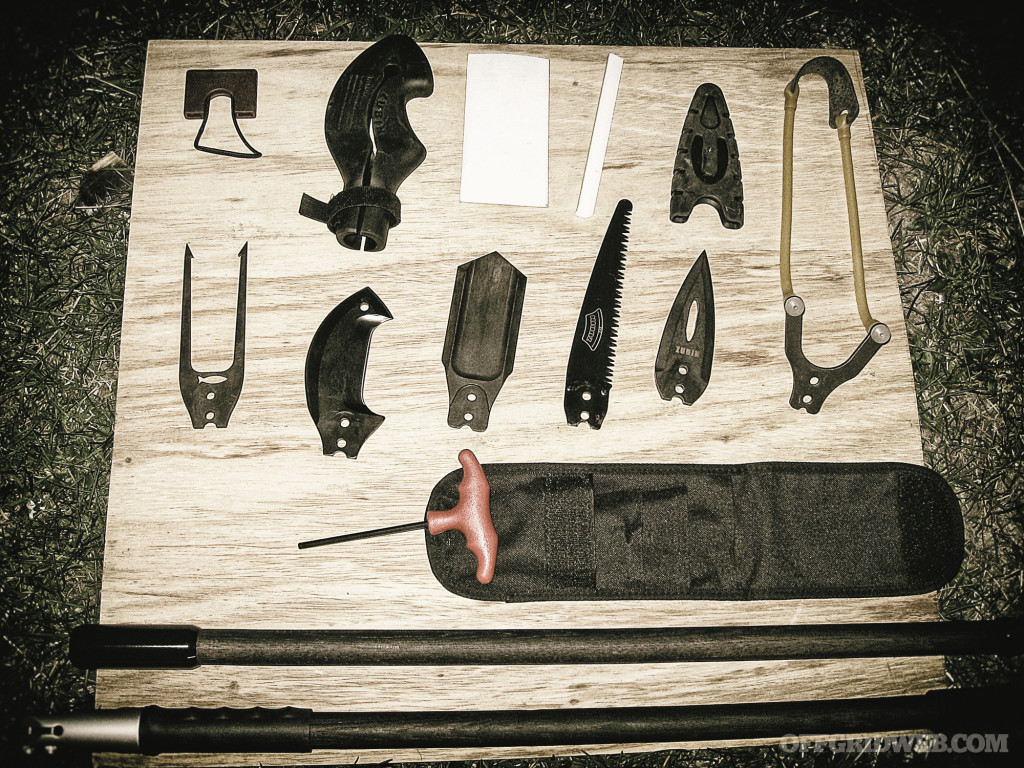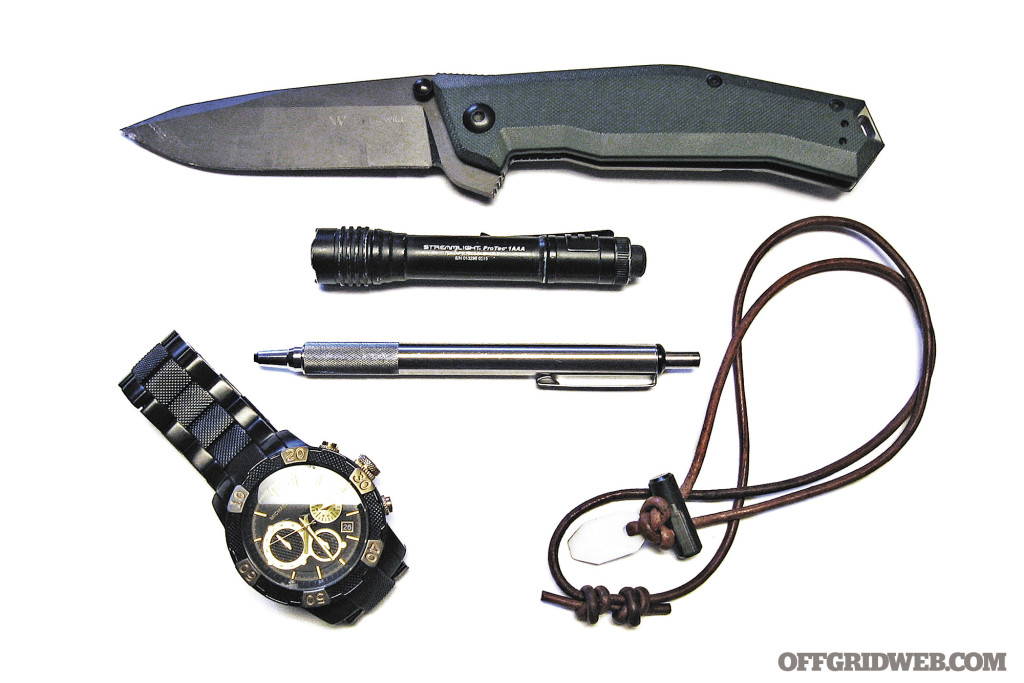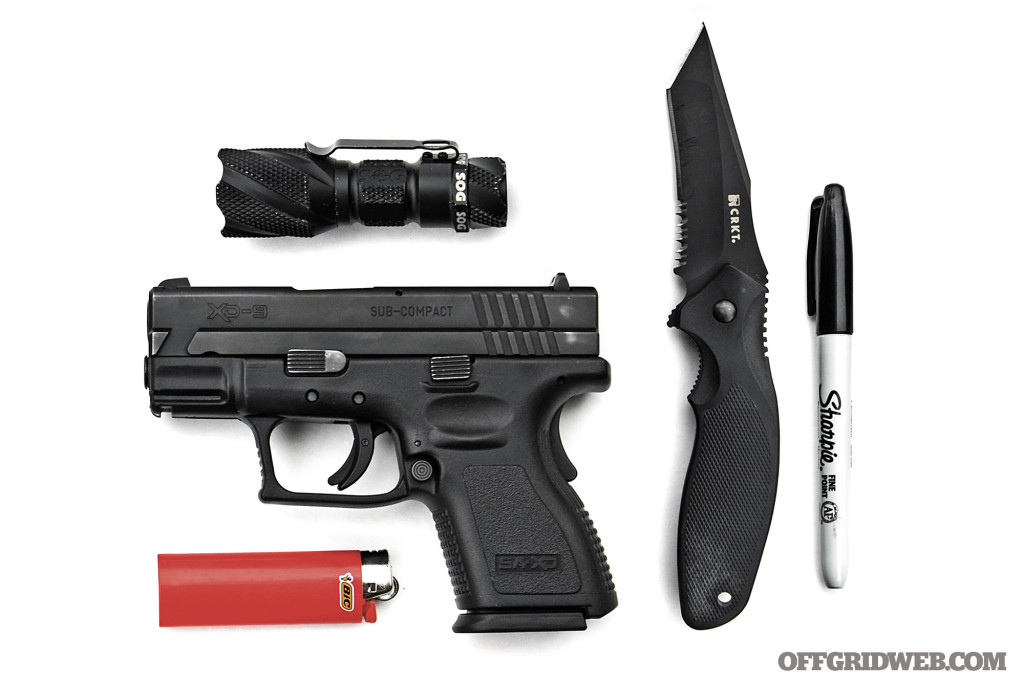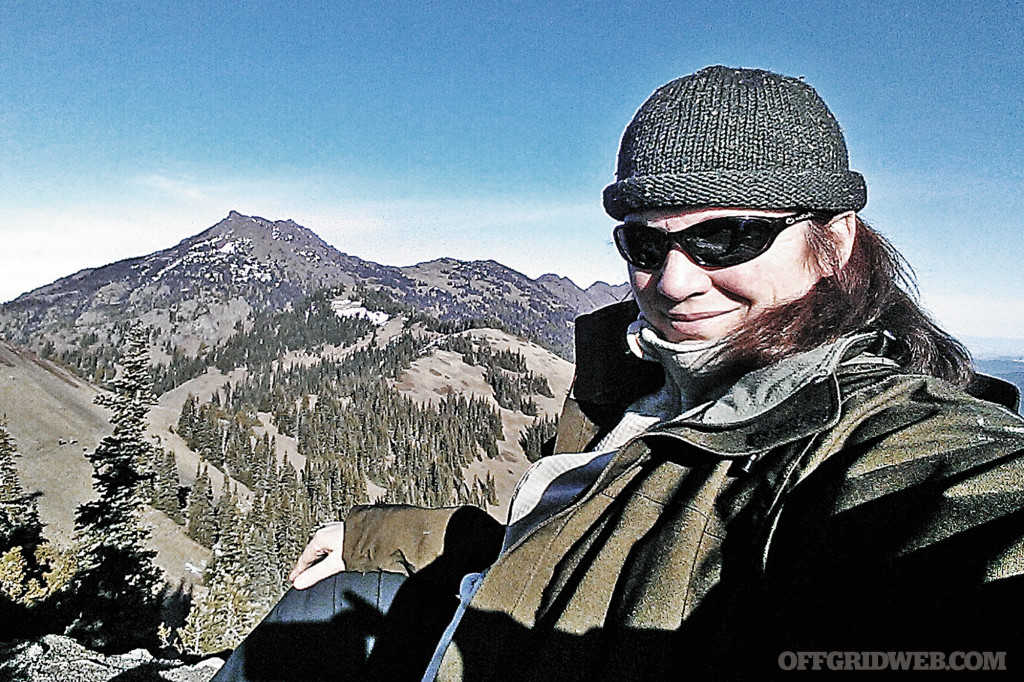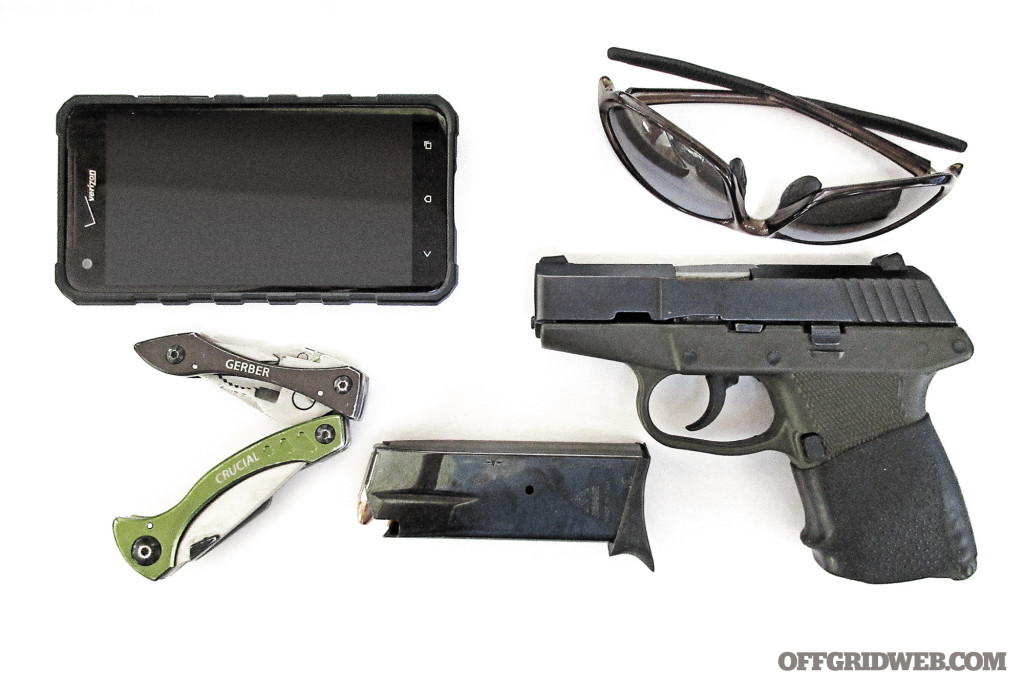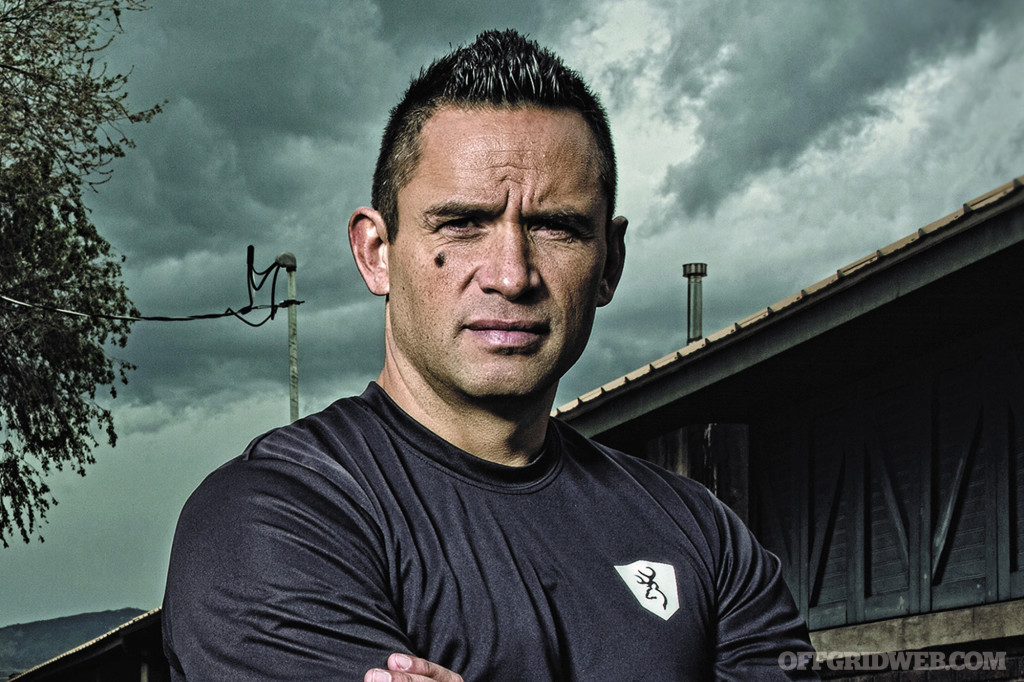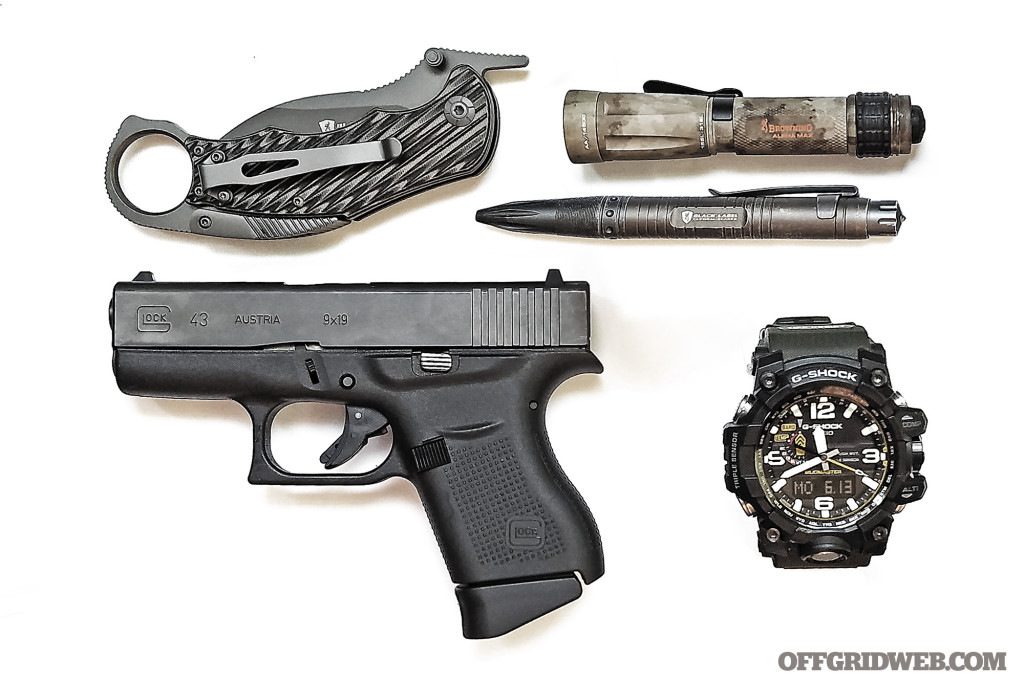Beyond the bombs, rifles, and discipline, a basic tenet of the U.S. Army is survival. From the survival of a nation all the way down to the life of an individual soldier, the military is built on giving its members the skills to endure any mission, anywhere at anytime. That’s why civilian survivalists should take a page (or six) from the military’s METT-TC concept.
METT-TC is a mnemonic that stands for six factors: mission, enemy, terrain, troops, time, and civilians. It’s used primarily by the U.S. Army as a framework to aid its warriors in analyzing a situation, prioritizing key aspects, and then planning accordingly to achieve success. As a former sergeant, I quickly found that, while meant for military operations, it was applicable to my success as a survivalist in the wilderness or as a civilian in the concrete jungles back home.
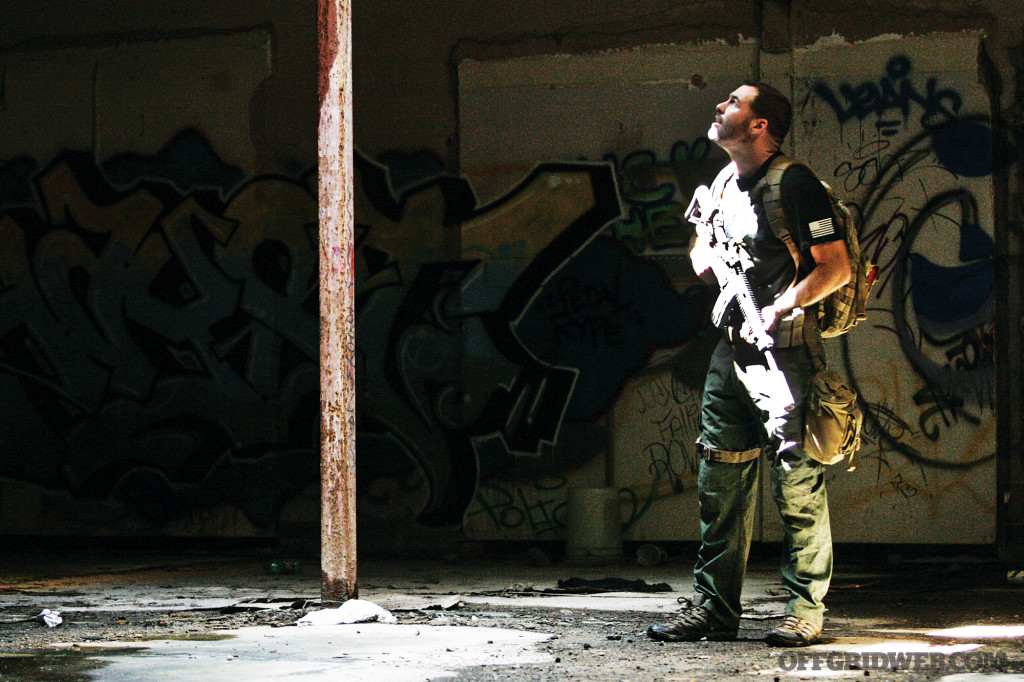
Photo by Shoot to Thrill Photography
In any environment, you have to know your goals, obstacles, field of play, possible allies and resources, window for success, and potential for dynamic cause and effect based on the local populace. Failure (which can mean death in SHTF scenarios) is overcome by one’s ability to understand these six factors and use them to plan an effective survival strategy. So, read on carefully.
Understand the Mission
Army Application: The M in METT-TC is mission. During this phase the warrior looks to understand the purpose of the operation and the specific intent of his superiors.
Survival Application: In a SHTF scenario, you have to clearly understand the specific goals and parameters of your situation. Will you have to hunker down for a short time or a long period? Or will you have to move to safety? There are also physical factors to consider — how much food do you have, are you hydrated, etc. Each has a specific set of circumstances that need to be understood in order to be successful.
For example, I once ended up on a training exercise in the mountains with no food and very little water. To make matters worse, night was quickly descending. The long-term mission was to survive for weeks in one location. The short-term mission was to survive the night. With only three hours before nightfall in a cold mountainous area, I had a stark choice to make: start a fire or build a shelter. I had no gear except a blade, and I was completely unsure of the weather. Most armchair survivalists would suggest grabbing as much firewood as possible, but that seemed to be a little unsettling because it could rain and gathering enough firewood to last the night would be hard.
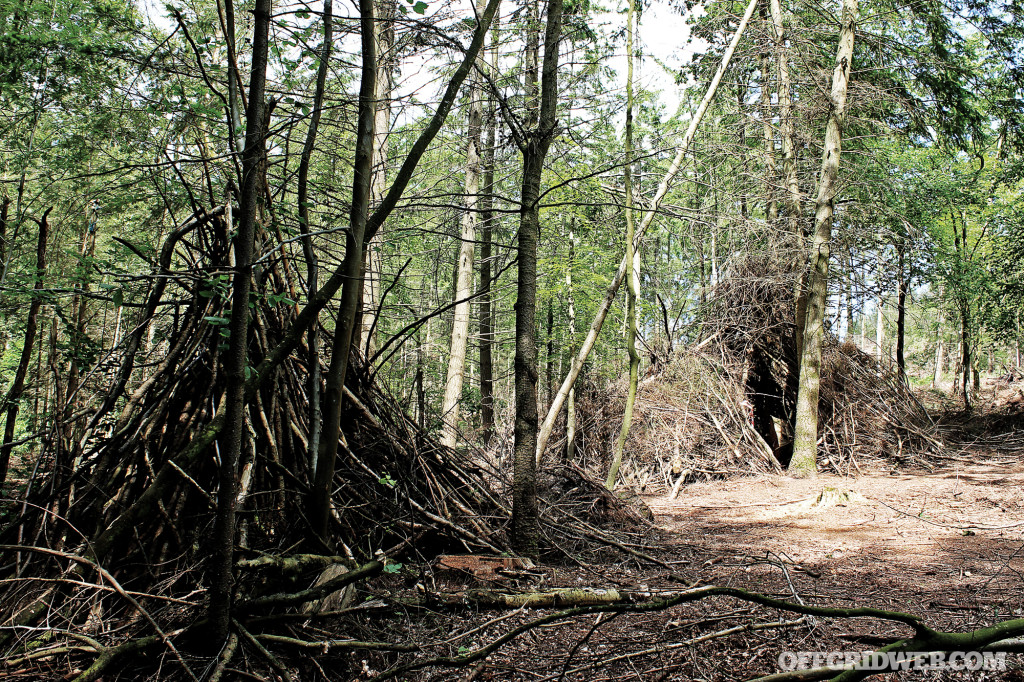
Know the mission: Should you build a shelter first or a fire?
My goal for that moment was simply to maintain my body heat to last the night. Nearby there was plenty of debris and some young saplings, so I went with making a shelter. That night it rained, and the temp dropped down to 44 degrees F. I was cocooned, partially dry, and warm enough to survive the night in a debris hut. The next day I worked on building a better shelter and collecting firewood to last the night.
Clearly defining your long-term mission is important, but don’t neglect the smaller missions that will culminate in your overall success.
Understand the Enemy
Army Application: The E in METT-TC stands for enemy. In this phase the soldier focuses on whom they could be up against. What are the enemy’s numbers, weapons, capabilities, etc.?
Survival Application: When I mention this principle in terms of survivalism, people often look at me weird. They start wondering if they chose the zombie apocalypse class instead of the wilderness survival class. It’s important to think of an enemy not just as a person, but anything that could hurt you or hinder your survival. The list is long — it could be the weather, water, predators, landscape, bugs, etc. Think about two categories — passive (spiders, plants, dangerous terrain, etc.) and intentional (predatory animals, parasitic bugs, and, yes, aggressive humans).
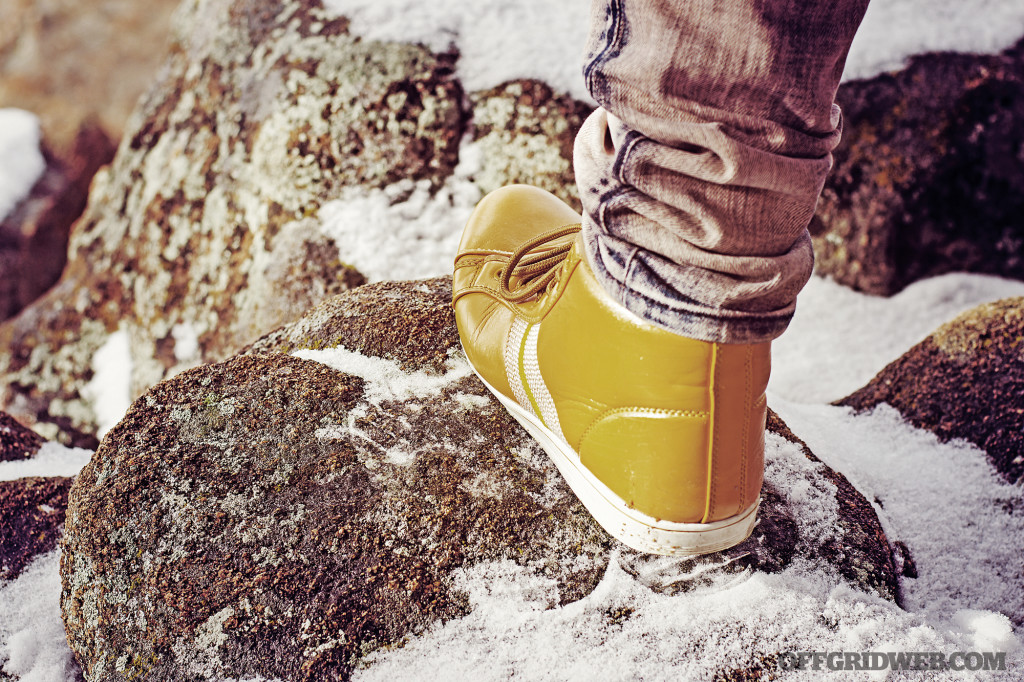
Know thy enemy. Sometimes that’s your poor choice in footwear for tough terrain.
Even your personal limitations can heighten certain challenges and can also be seen as an enemy. If you’re afraid of snakes, seeing one could paralyze you. Can’t swim? Falling into a fast-moving river could be fatal. The enemy aspect of METT-TC is truly one of the most important. Know the potential dangers you’ll face based on your area of operation. Understand how to combat and succeed against these obstacles based on your own limitations.
Understand the Terrain
Army Application: The first T in METT-TC means terrain. In this phase a soldier analyzes the environment to determine advantageous areas for overwhelming any adversaries, as well as identify key weaknesses in his/her position, possible obstacles, and points of cover and concealment, etc.
Survival Application: The military approach to terrain is pretty easy for students to understand on a theoretical level, but difficult to implement in terms of practical survival needs. Of course, it’s not normally the need — or intent— of someone surviving to understand advantages of an area that provide for overwhelming an enemy. It’s also not the common prepper’s need to be aware of how to identify weaknesses in their position as it relates to being ambushed in a firefight. However, let’s simplify things and think about an unexpected survival situation.
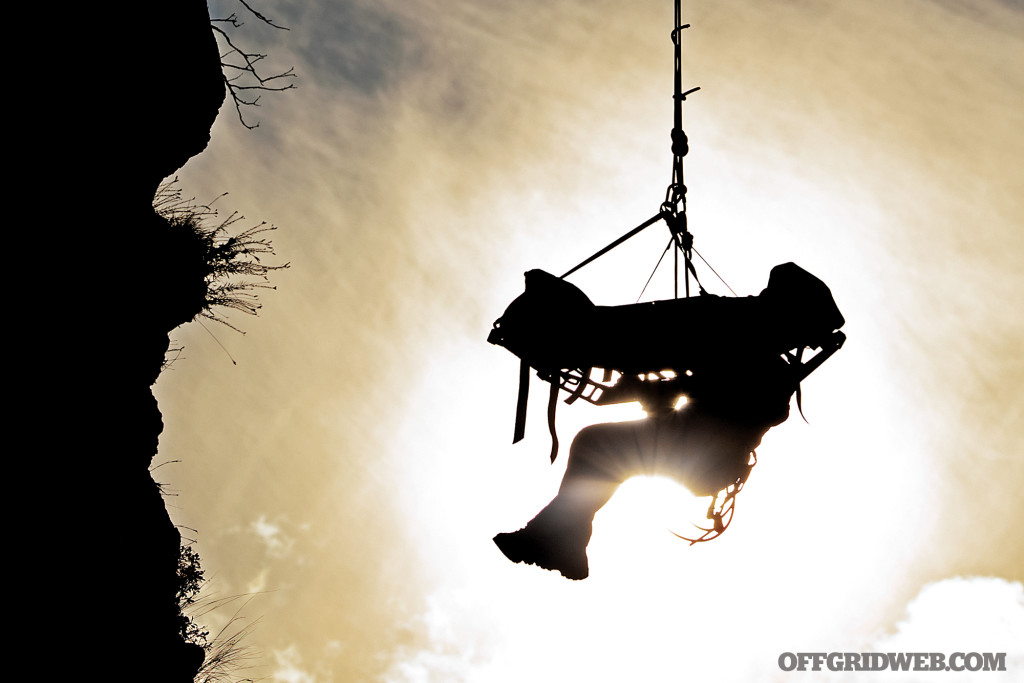
Lack of environmental awareness can lead to dire consequences.
- Area advantages for ambush: Knowing where to stalk a deer or set a rabbit trap could mean the difference between starving and having a calorie-rich, morale-boosting meal.
- Strengths and weaknesses of location: Observe the pros and cons of a site as it relates to long-term sustainability. Are there things to eat? Is there fresh water? Is there good firewood nearby?
- Vital terrain: What is a key terrain for you to survive on? Do you want to be close to the beach for a water rescue? Are you in a flash flood area?
- Obstacles: What are the barriers to your success? Is there a lake to cross? Is there a steep cliff to climb? Is there a lack of resources along your trek from point A to B?
- Cover and concealment: Do you have protection from the elements? Can you hide from potential prey and predators?
As you can see, understanding terrain is much more than just knowing if it’s hilly, rainy, icy, etc. Assessing your terrain is like assessing a teammate. There are qualities that will work for you or against you based on your needs.
Understand the Troops
Army Application: The second T in METT-TC stands for troops. In this phase the soldier analyzes the people and assets available for a mission and their capabilities. In addition to personnel, the soldier also assesses equipment, skillsets, sleep needs, physical abilities, etc.
Survival Application: If you’re in a disaster with a group of people, it’s vital you know their capabilities, personalities, and skillsets. If someone has a mind for medical knowledge, mechanical know-how, or navigational aptitude, this could change your situation drastically. If a person needs insulin or heart medication, you should know. If you have people who are paralyzed with fear of height, snakes, water, etc., that could affect how you maneuver. If someone has a satellite phone that they forgot about, don’t know how to use it, or can’t get it to work, that’s vital information.
In the civilian world, it’s a lot more difficult to understand whom you’re dealing with. In the military you can normally start from a base understanding. Everyone had to pass a physical fitness test, so you know they can at least run 2 miles. Everyone had to pass a basic marksmanship exam, so you know they can shoot. The list goes on. Unfortunately, if you find yourself in a survival situation with a bunch of strangers, well, this could pose a true challenge.

Whether among friends or thrust into a survival group of strangers, you have to learn everyone’s strengths and...
Let’s take this one step deeper. Do you truly know yourself and your assets? I meet people all the time at my gym who overestimate their fitness level or martial arts skills. They come in speaking very highly of themselves — “I was a wide receiver in high school” or “I’m super strong.” However, when I put them in a cardio class or tell them to shoot a target, the glory days turn into the “poor me days.”
The saying, “You don’t rise to the occasion, you fall to the lowest level of your training,” is mostly true. I say mostly because it’s always possible to find that person who overcomes an obstacle through sheer will. The point of this is to always assess yourself, and when you think you’re slacking, have others assess you so you don’t fool yourself.
You should ask questions and gather intel on those around you as much as you would on yourself. You should also know at least the basics about the equipment and items at your disposal.
Understand the Time Available
Army Application: The third T in METT-TC is time. In this phase a soldier seeks to understand the time available for a mission. The soldier also wants to understand all other related aspects, such as planning time, meal times, rest times, travel times, and more.
Survival Application: In dire circumstances, you could be time rich or time deficient; the line between the two is always in flux. I’ve been lucky enough to survive through both situations, and I’m not happy to say that they both suck!
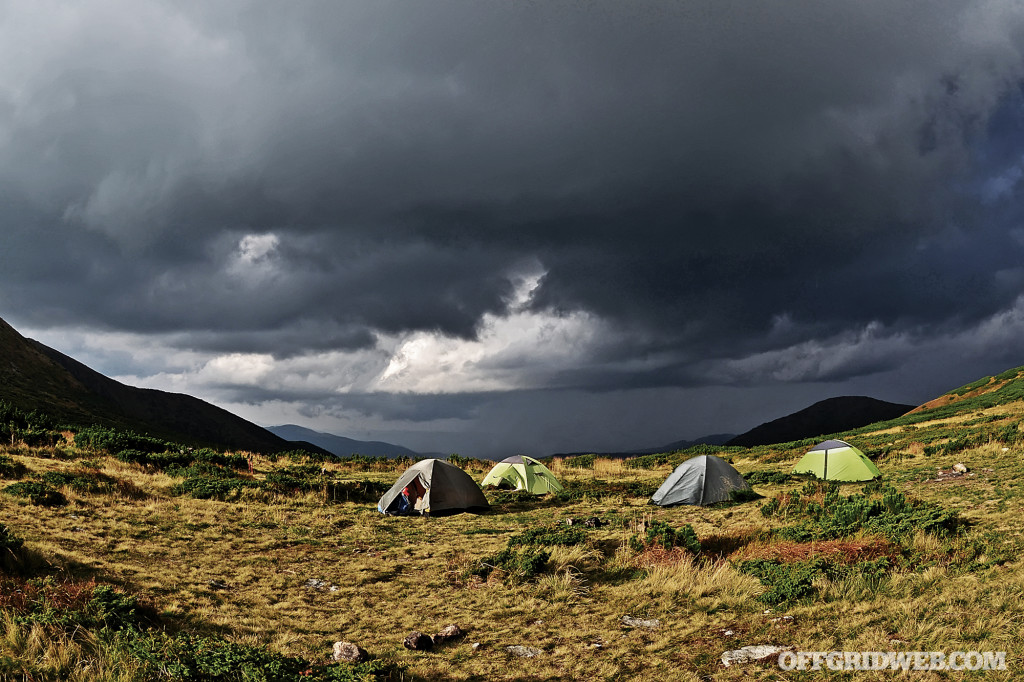
In a survival situation, time isn’t always on your side, especially if a storm’s brewing.
A time-rich scenario might be a situation in which you know rescue is on the way and you’re in an environment where it doesn’t take much to regulate your body temperature, or find food or water. Because of this you wouldn’t have to build a shelter, go hunting, find lots of firewood, and thus you would have a lot of time.
A time-deficient scenario might be a situation in which it’s very stormy and the temperature changes drastically. Add to this a lack of food and clean water, and you’ll be scrambling to find solutions. You’ll forever feel like you’re fighting with time as Mother Nature backyard-wrestles you into submission.
Since nature is an outside force with a life of its own, it often plays a factor in your scheduling, so it’s important to acknowledge this early on and plan your use of time wisely.
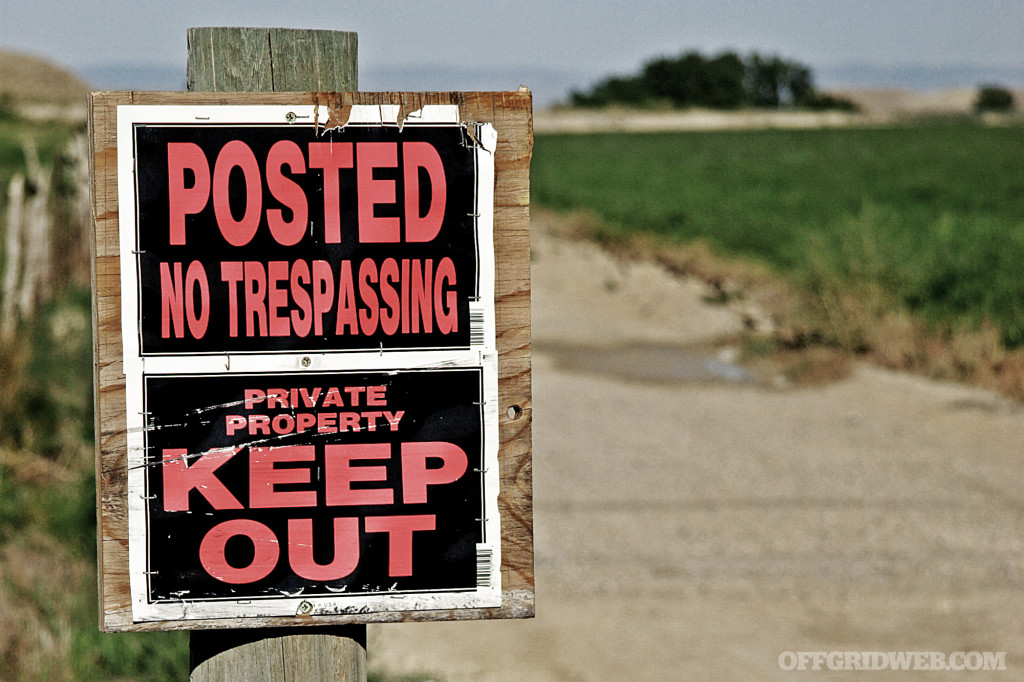
Understand the Civilians
Army Application: The C in METT-TC means civilians. In this phase, the soldier assesses how to interact and handle situations involving local inhabitants.
Survival Application: This aspect takes on several forms. One form is to know the mindset and habits of the people who may be looking for you. Another aspect is to know the mindset and habits of the people you may come across.
Knowing the mindset of those looking for you and their habits is important because that allows you to deduce how they’re searching for you and, thus, tells you where you should go and what you should do to get rescued. A more innocuous 21st-century example of this is trying to Facebook message or text someone who doesn’t do either of those things. Once, I tried to give directions to someone on foot at a crowded stadium. When I finally found him, he said, “I didn’t get your message because I don’t Facebook or text.” If I had known that about the person, I would have set up a different way to communicate.
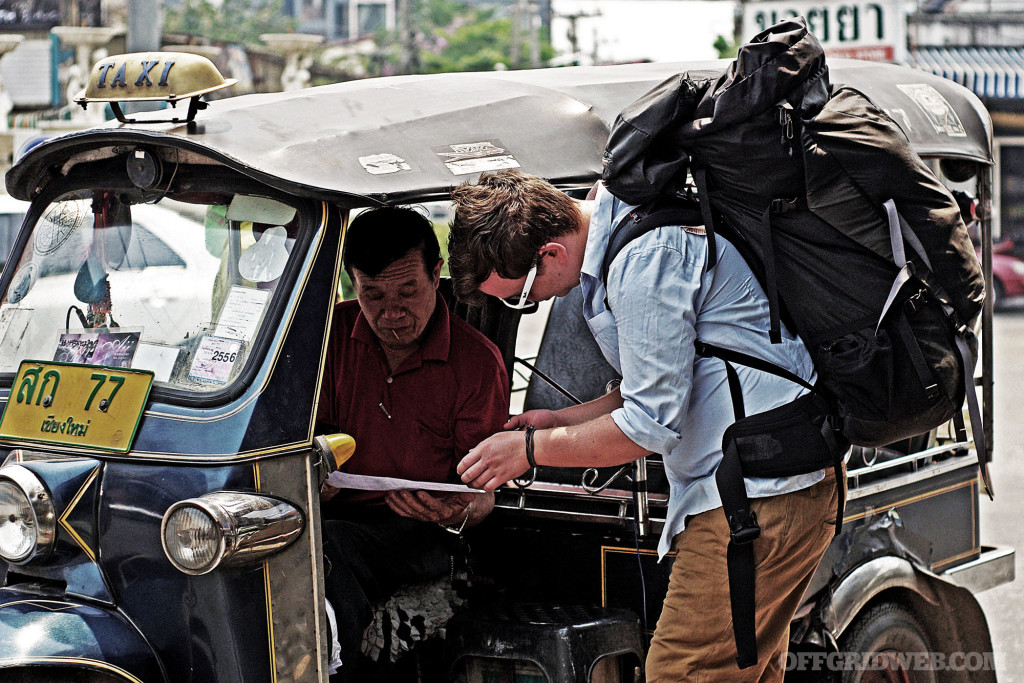
Knowing the mindset of people you might encounter (or those searching for you) can be a lifesaver.
The mindset of the people you may come across is also important. You might say, “If I were in a survival situation, I would want to be found by anyone.” However, that may not always be prudent.
Some scenarios that highlight this may be if you’re lost in a wooded area where there may be illegal drug labs sporadically popping up. Or you could stumble on the land of an unfriendly family who would be more likely to shoot a “trespasser” than let you get a word out; you could stumble into the territory of a hostile tribe or an extreme religious faction. Understanding the hearts and minds of the locals is an important aspect of survival that should not be underestimated.
Conclusion
If you want to know what it’s like to be a survivalist, ask someone who survives for a living — and outside of the military, there are very few who keep people and values alive like the U.S. Army. Our amazing nation is shielded and protected by this force and the skills it possesses and teaches. With METT-TC, the Army has successfully created a multi-level formula that anyone — from a covert Delta operator to a recreational hiker — can use to plan a successful mission, be it a nighttime raid or an expected overnight stay in Mother Nature’s backyard.
About the Author

Photo by Jeff Neira / FOX Broadcasting Co.
A former psychological-operations sergeant with the U.S. Army, Hakim Isler is the designer of several wilderness survival products and the owner of Elevo Dynamics, the first “Dojym” (a 24-hour gym and martial-arts facility) in the United States. He is also the founder of the SOIL Foundation, a nonprofit that offers off-grid training and excursions to help veterans, law enforcement, and civilians recover from anxiety, depression, and PTSD. Moreover, Isler is a fourth-degree black belt in To-Shin Do under Stephen K. Hayes, an instructor in the Filipino combat system of FCS Kali, and the author of Modern Hand to Hand Combat. www.TheSoilFoundation.org | www.BlackMacGyver.com | www.ElevoDynamics.com
More From Issue 16
Don’t miss essential survival insights—sign up for Recoil Offgrid’s free newsletter today.
Read articles from the next issue of Recoil Offgrid: Issue 17
Read articles from the previous issue of Recoil Offgrid: Issue 15
Check out our other publications on the web: Recoil | Gun Digest | Blade | RecoilTV | RECOILtv (YouTube)
Editor’s Note: This article has been modified from its original print version for the web.

